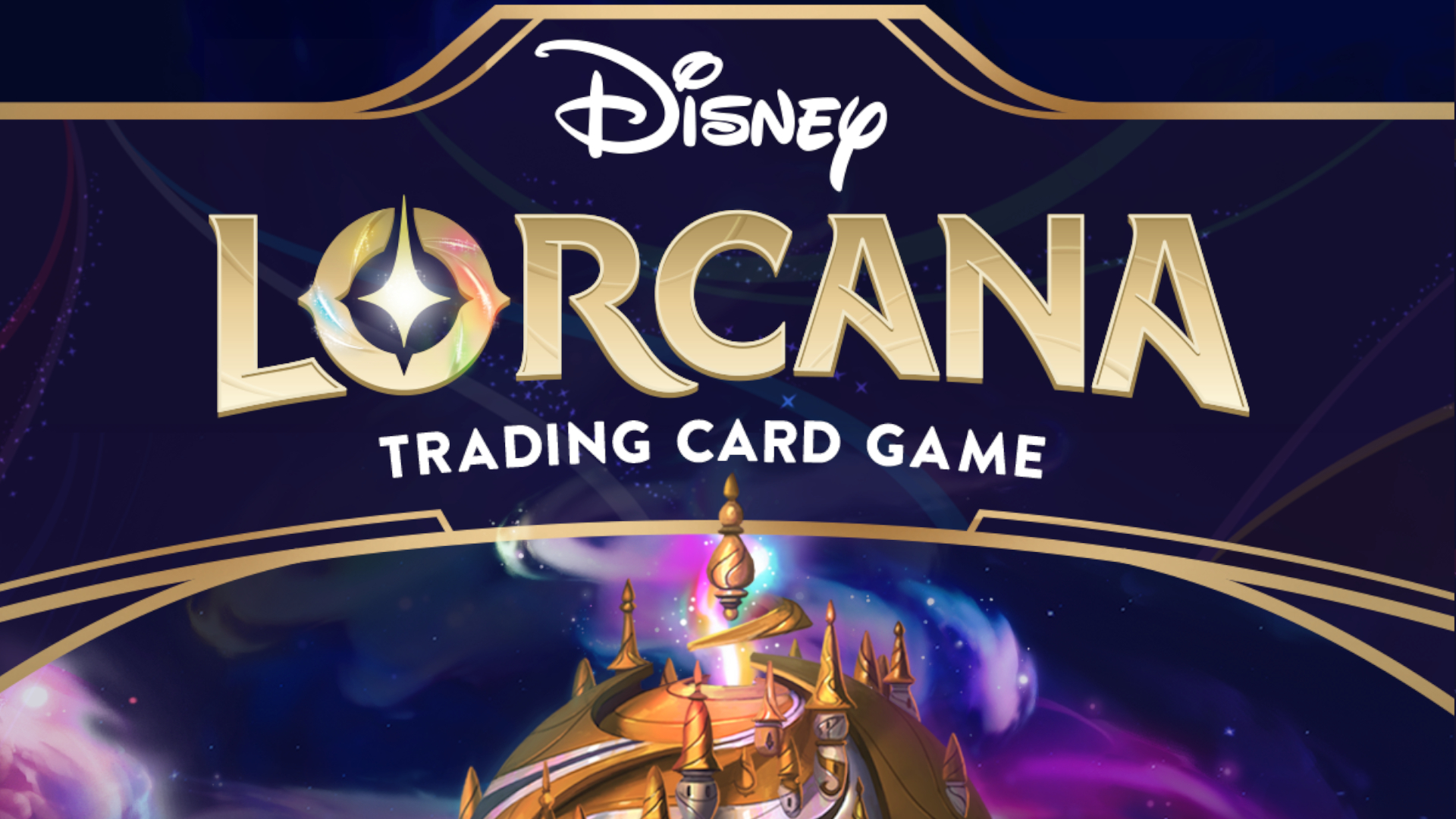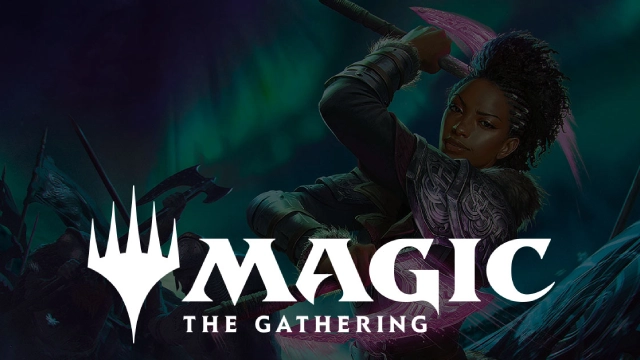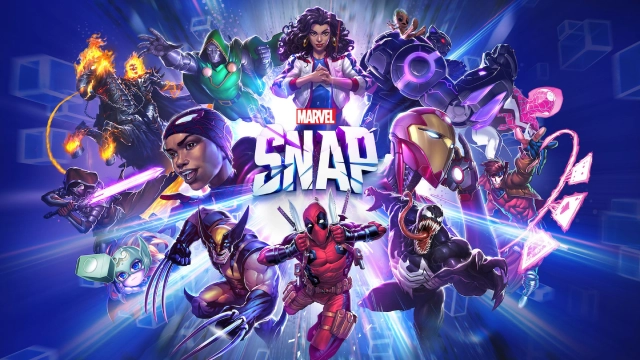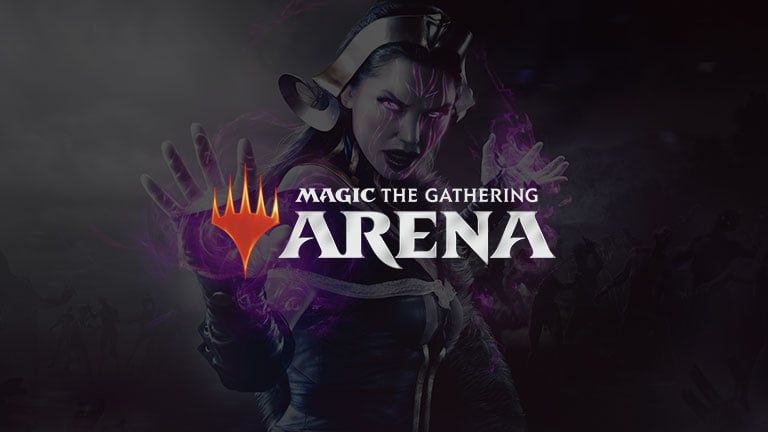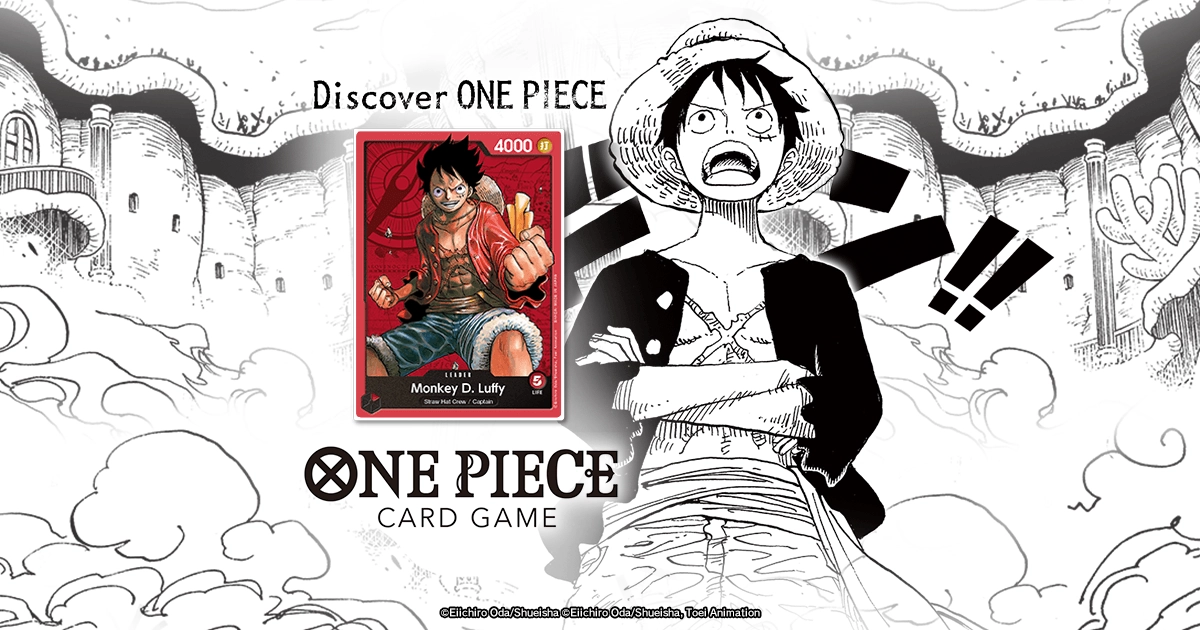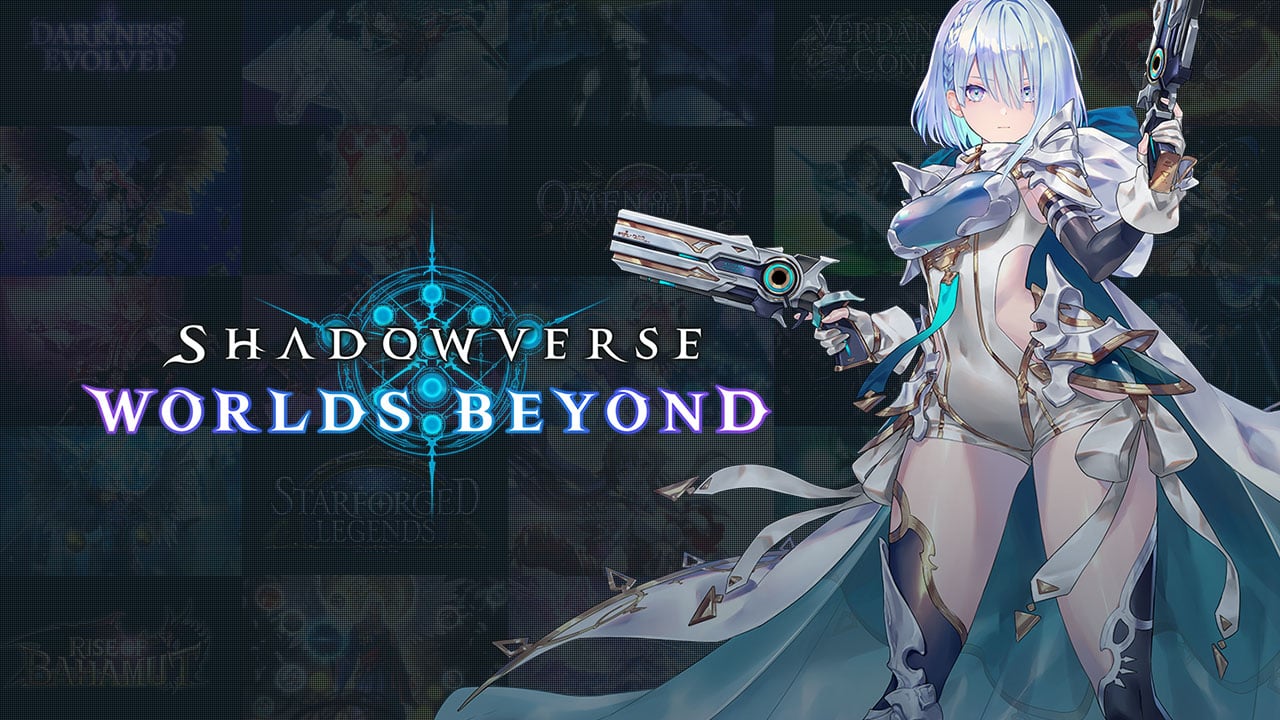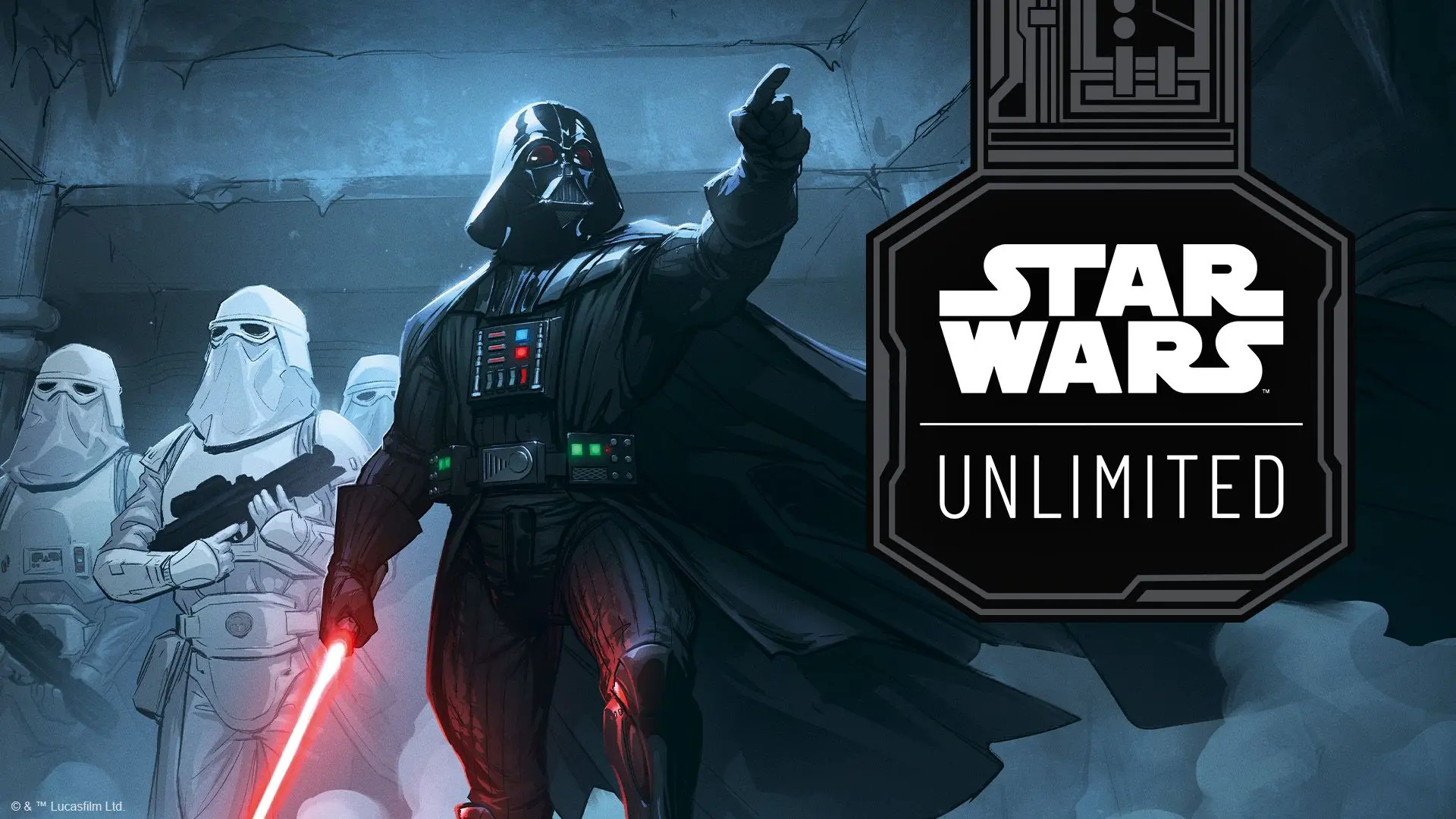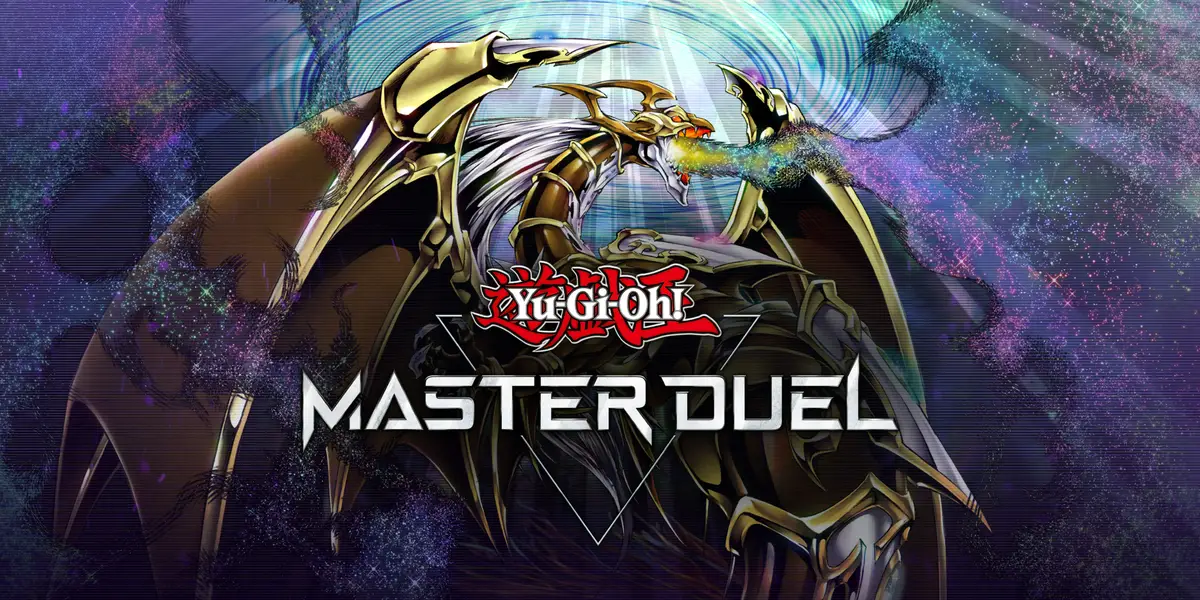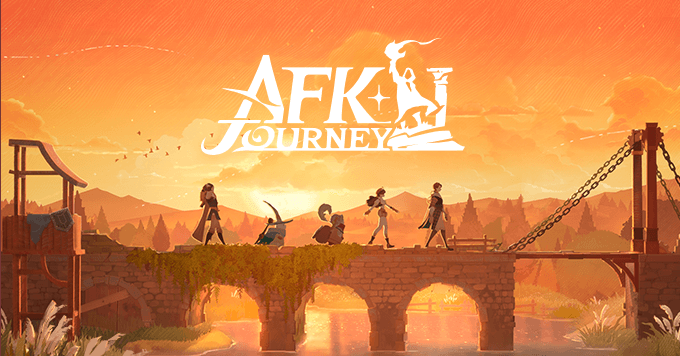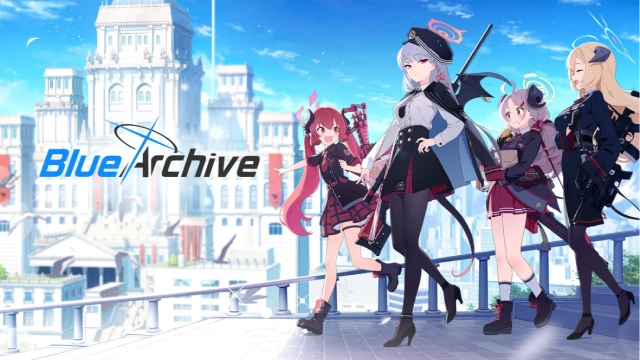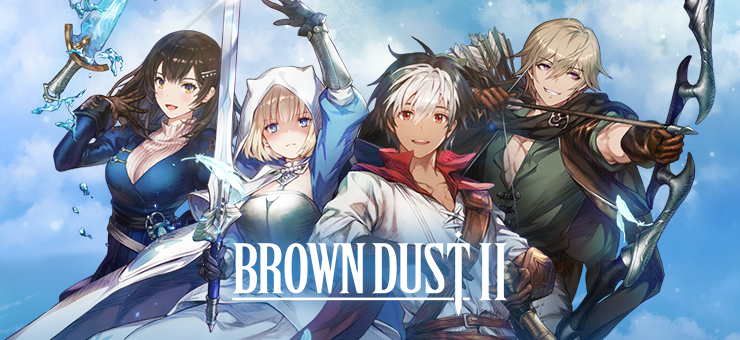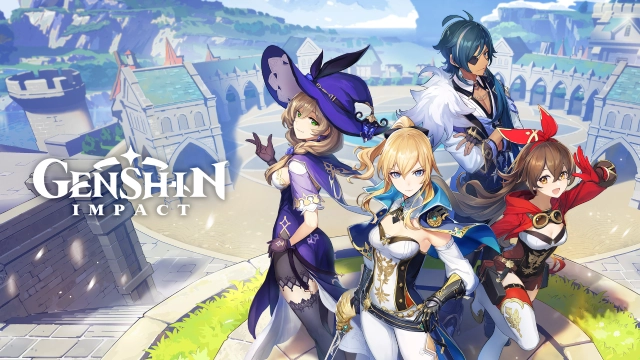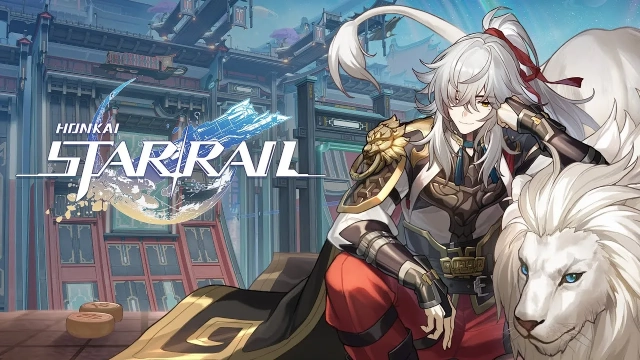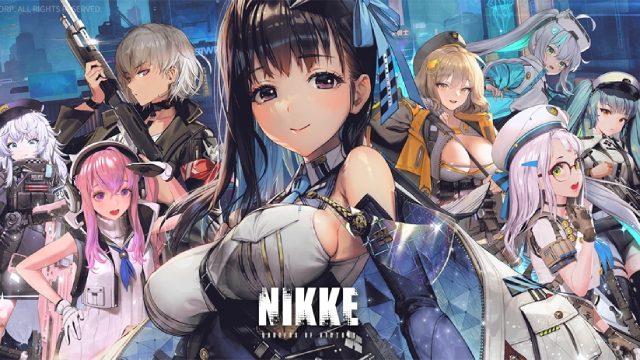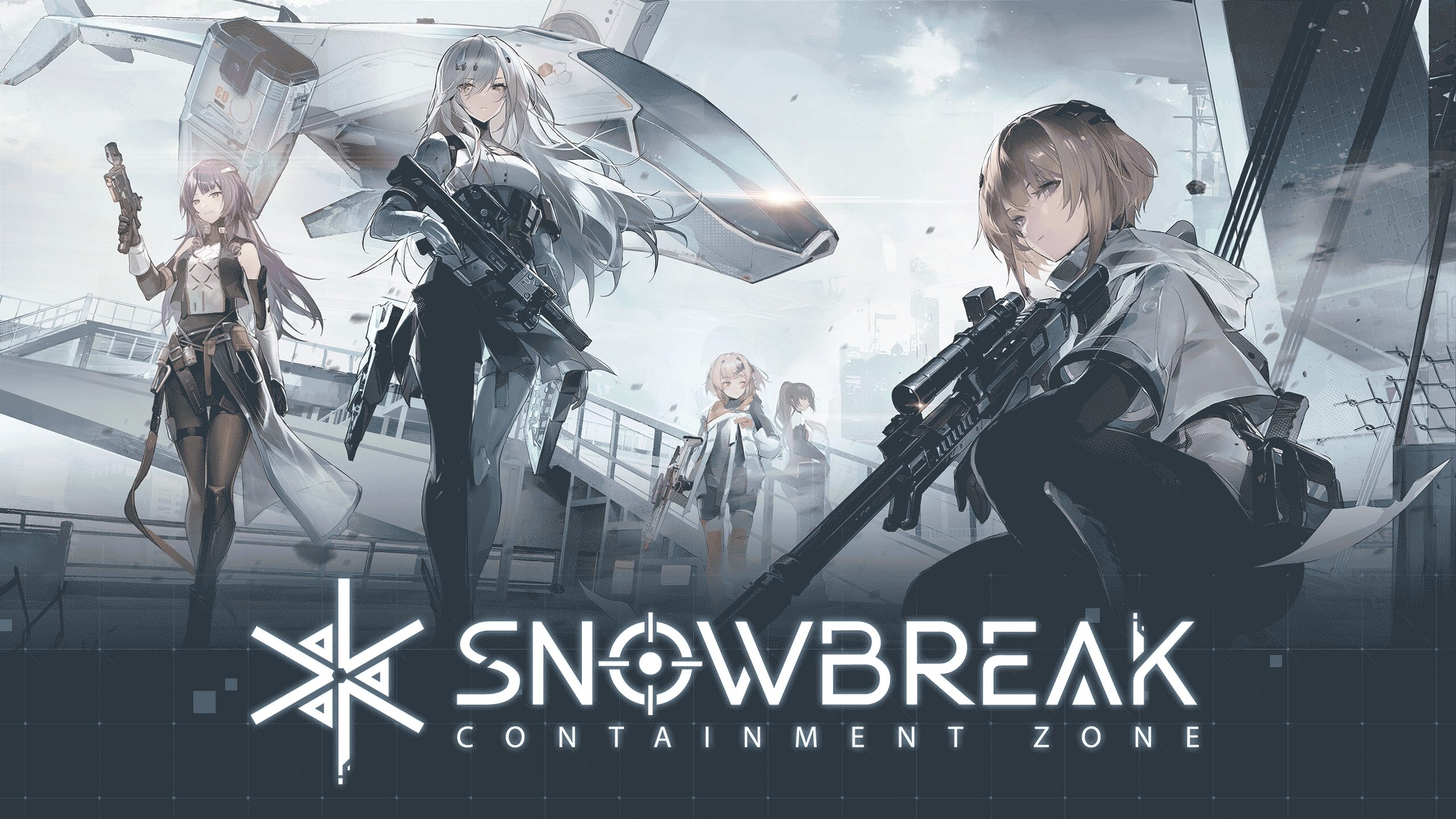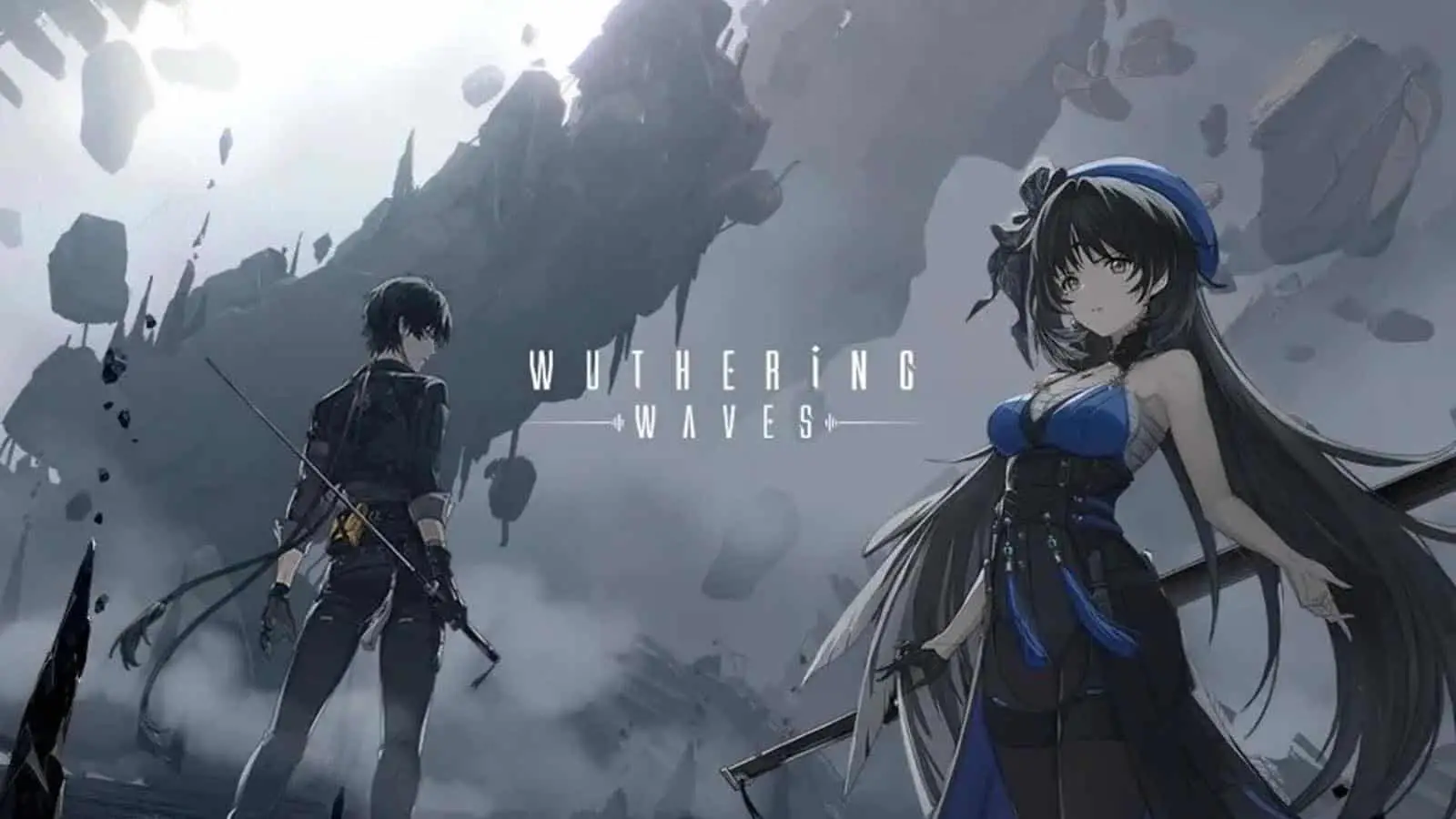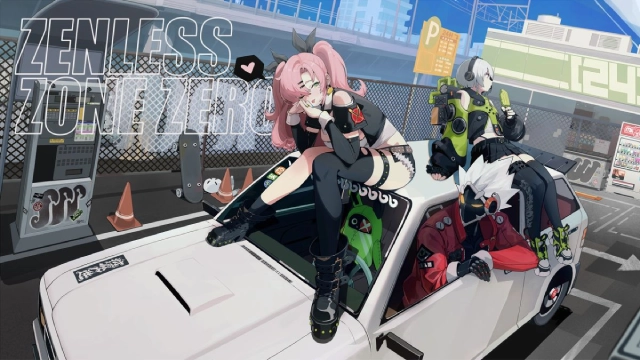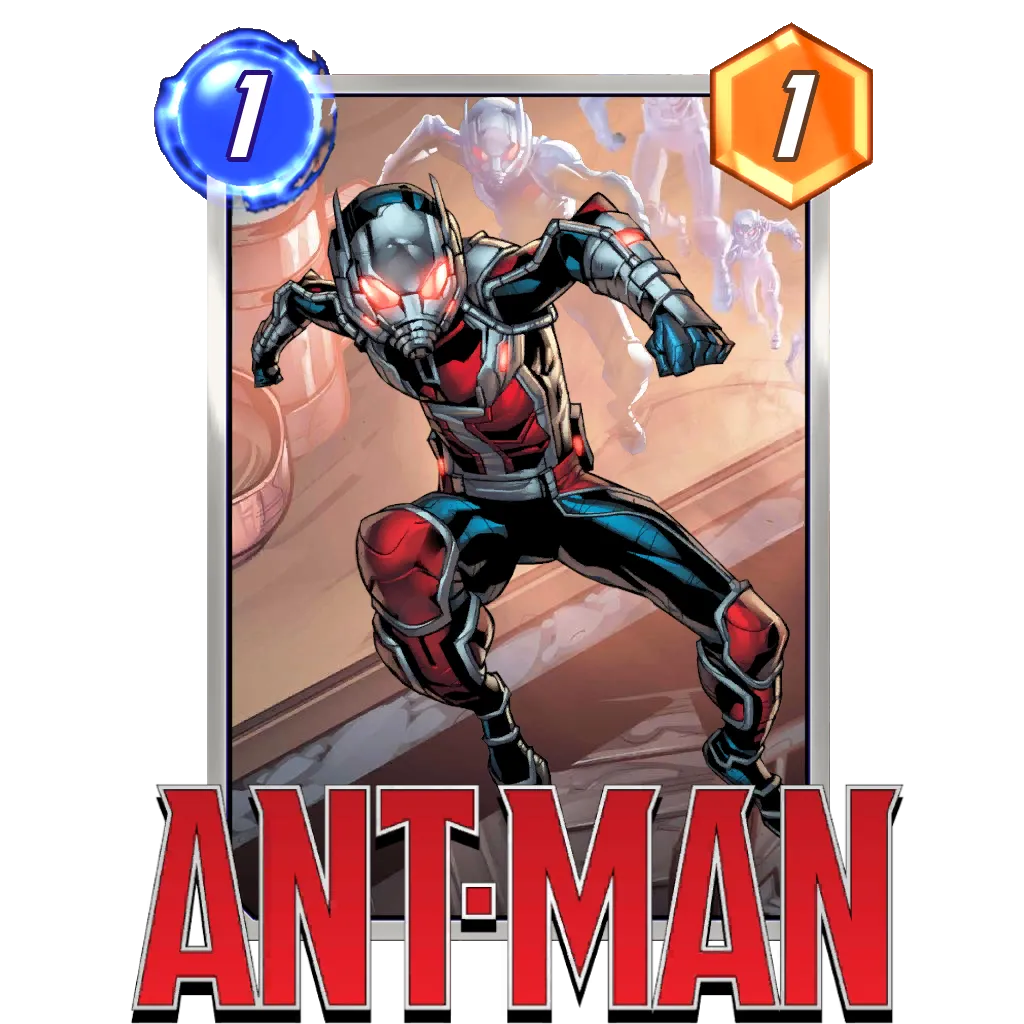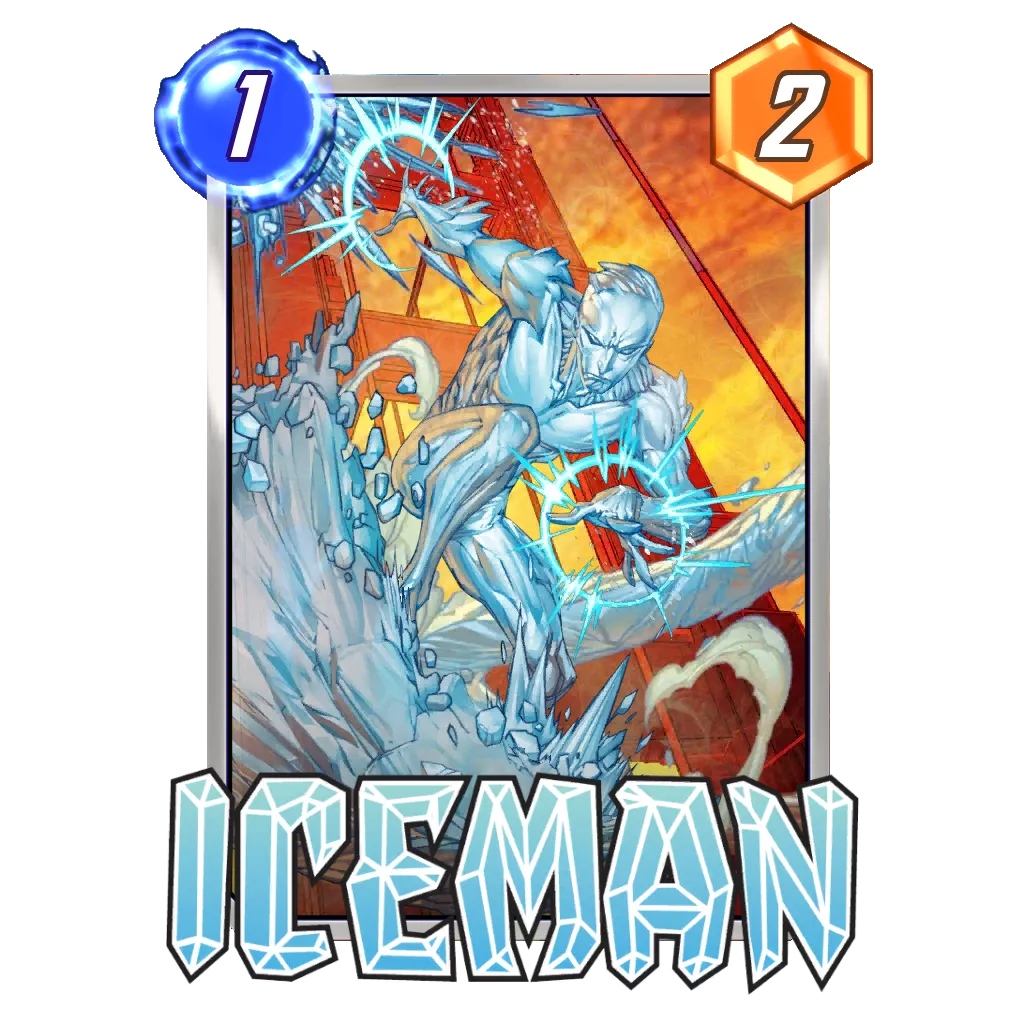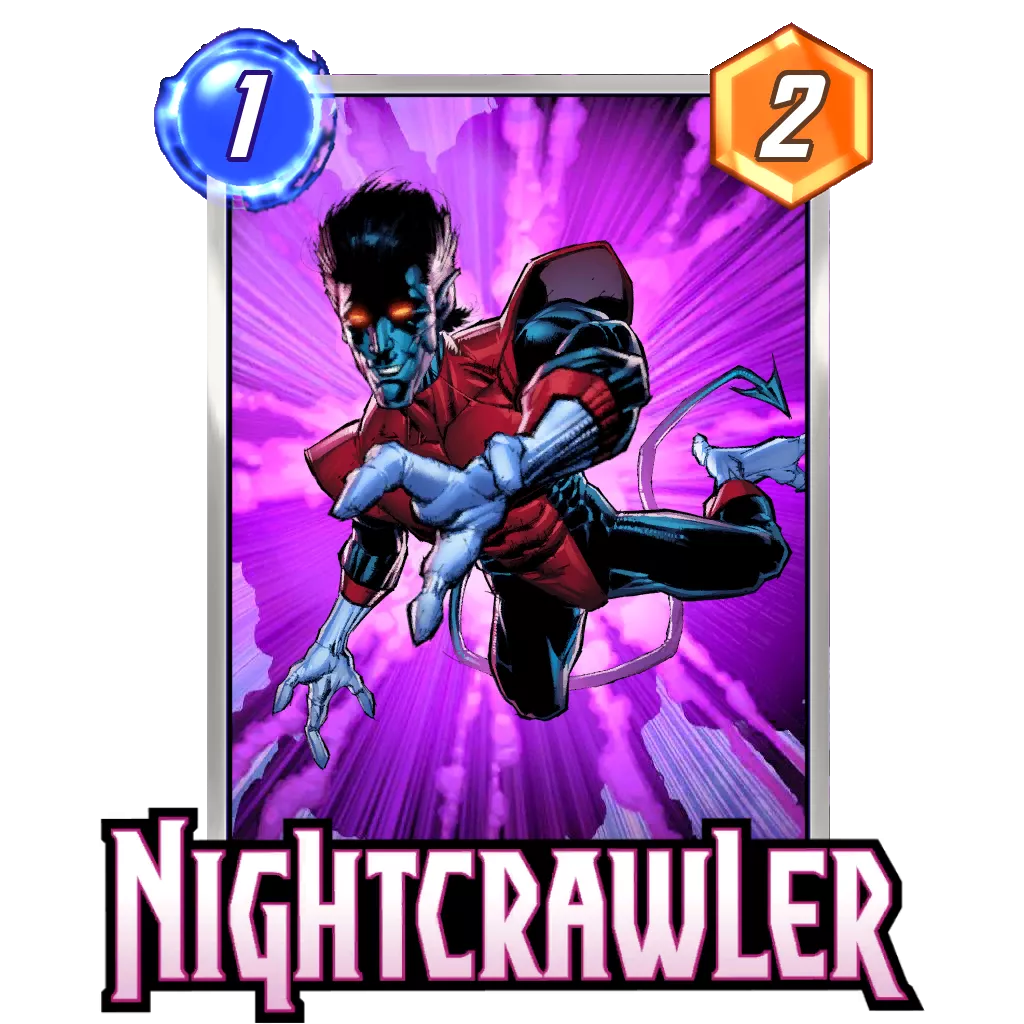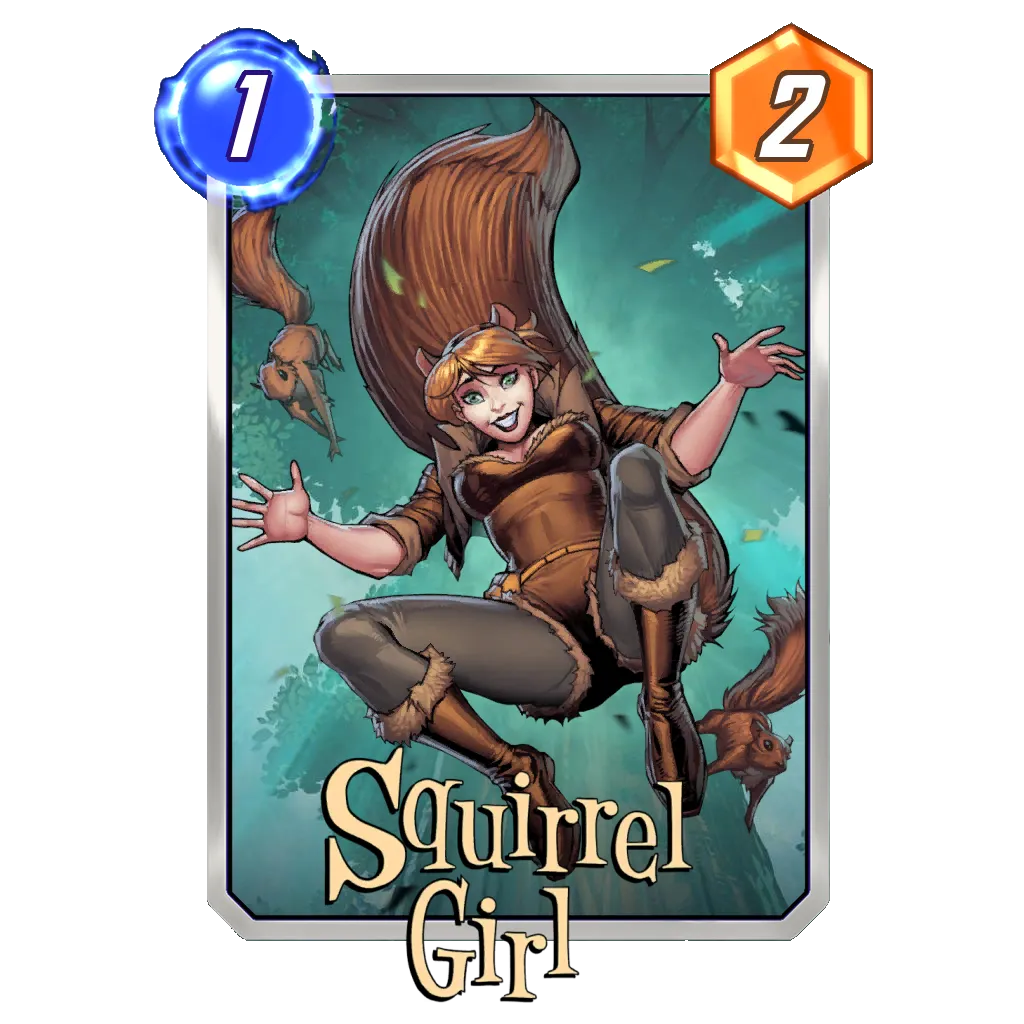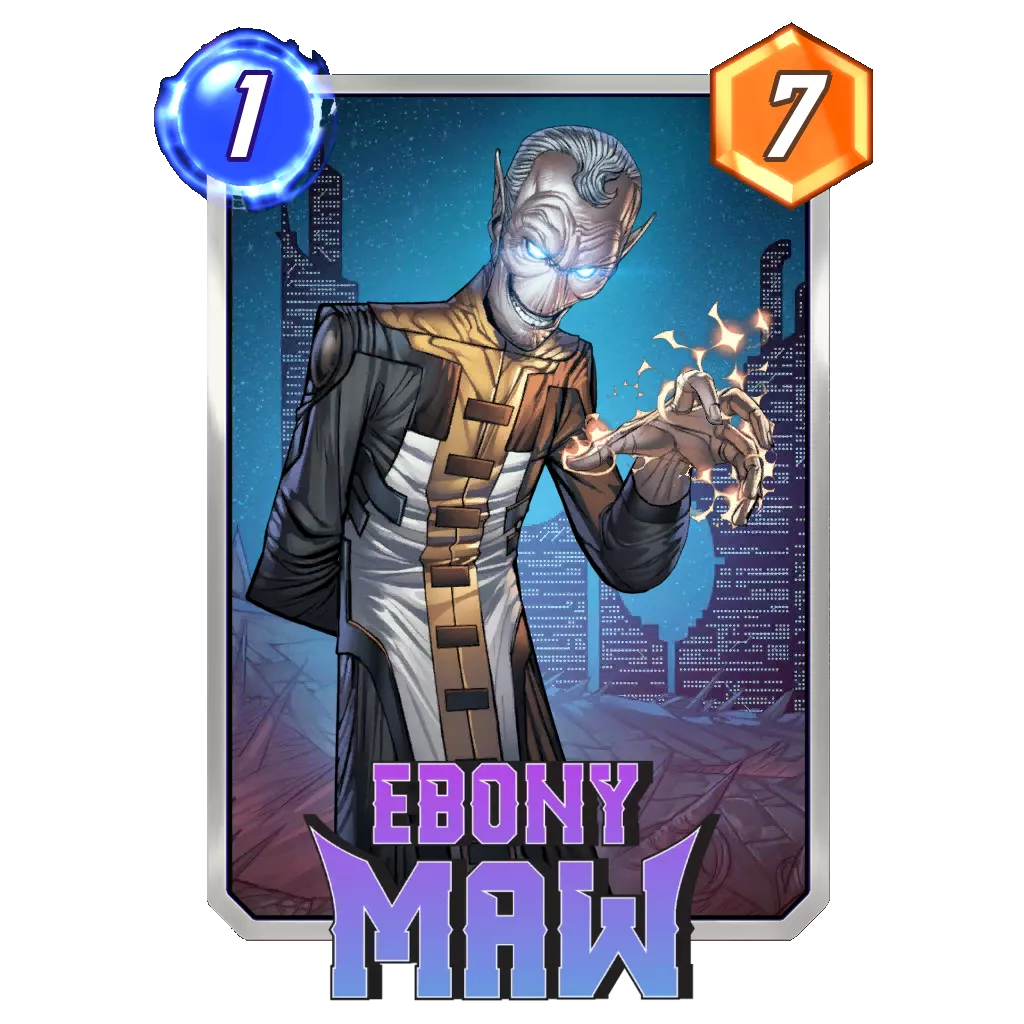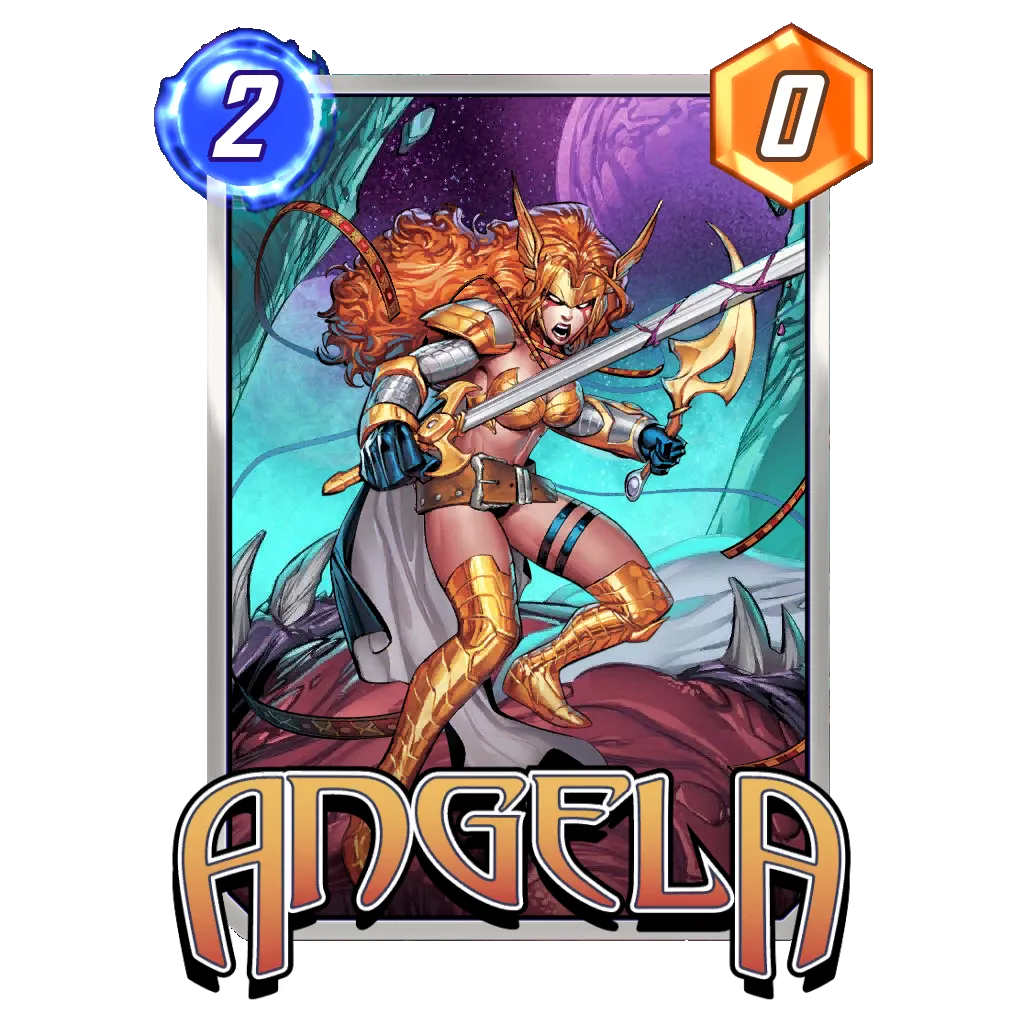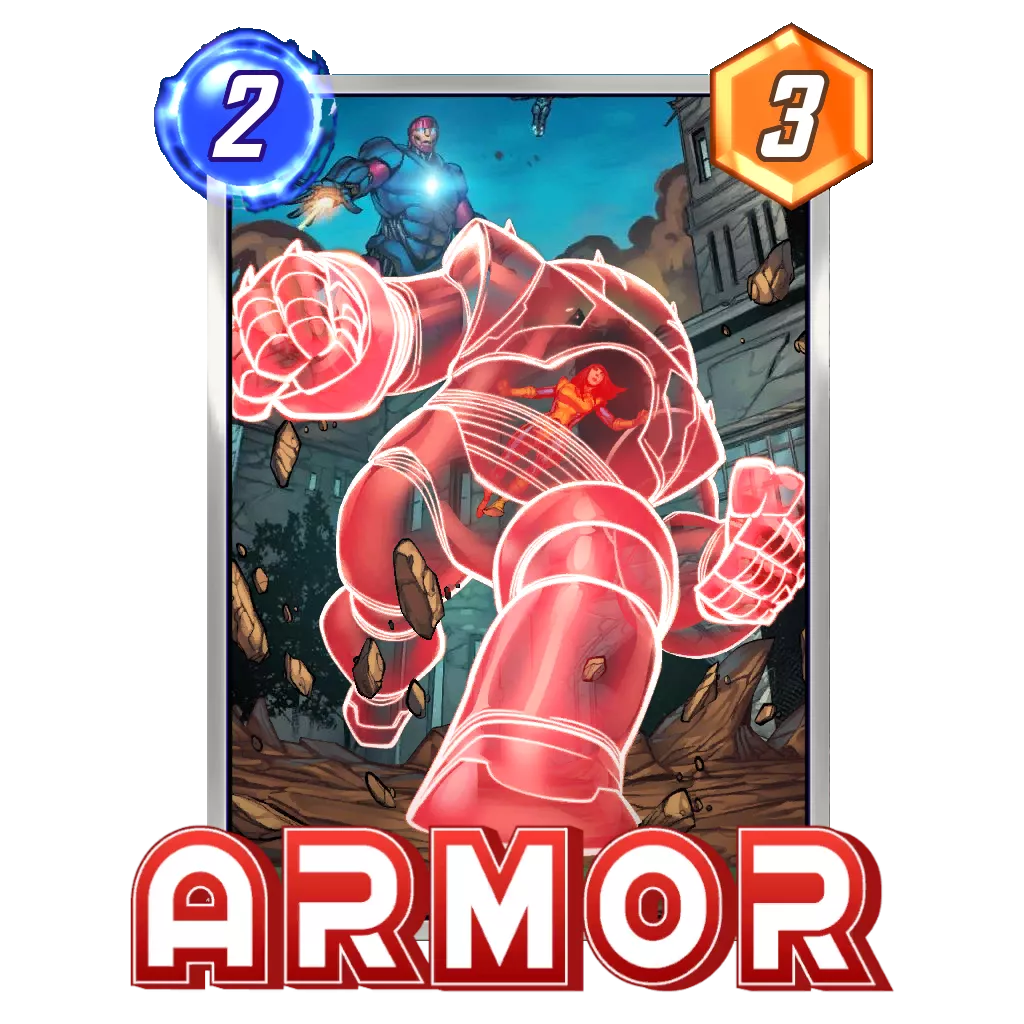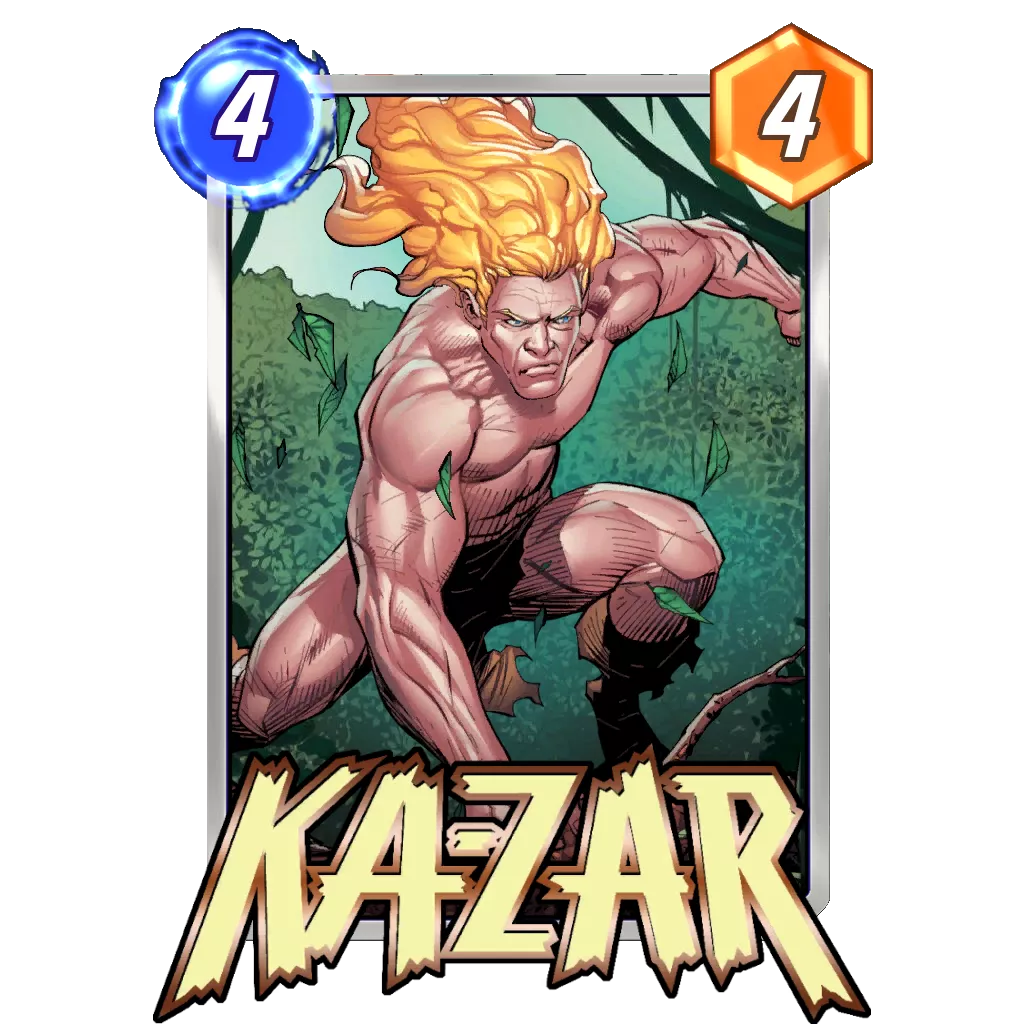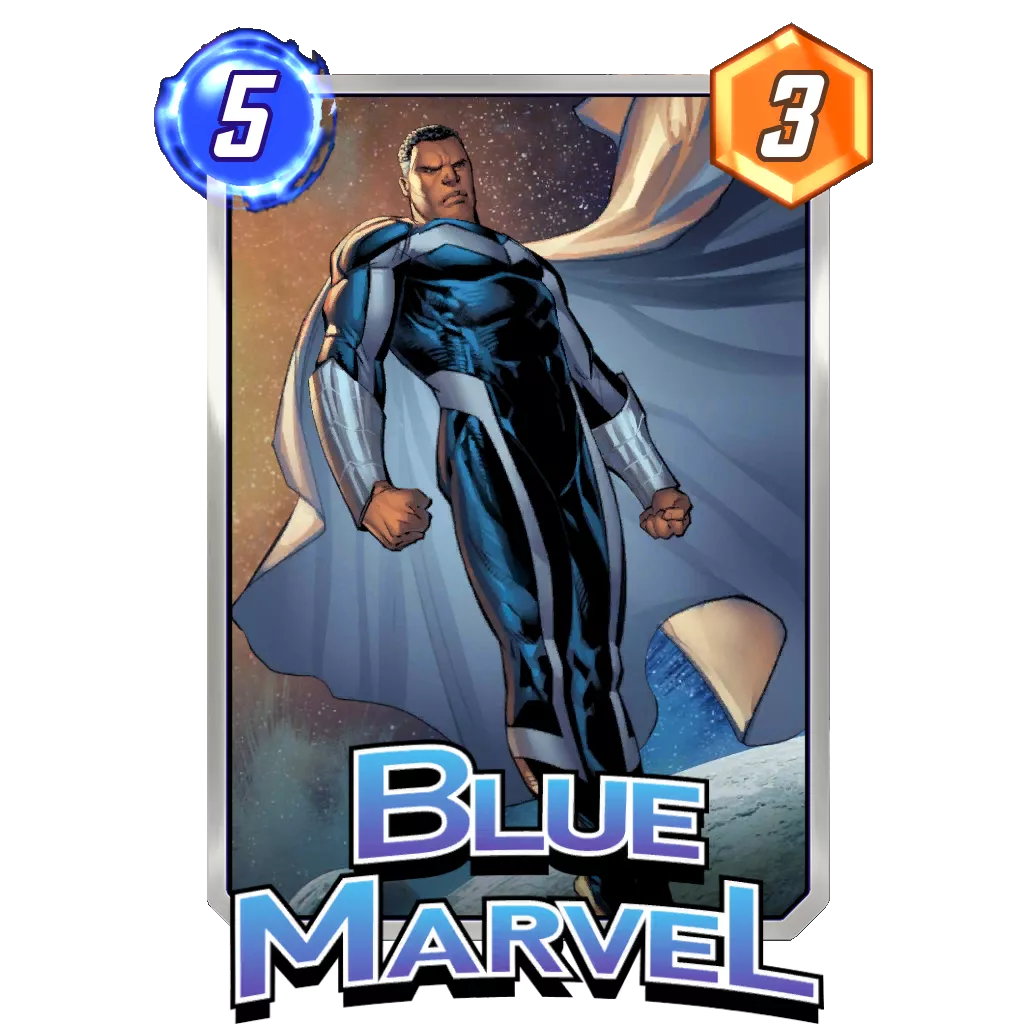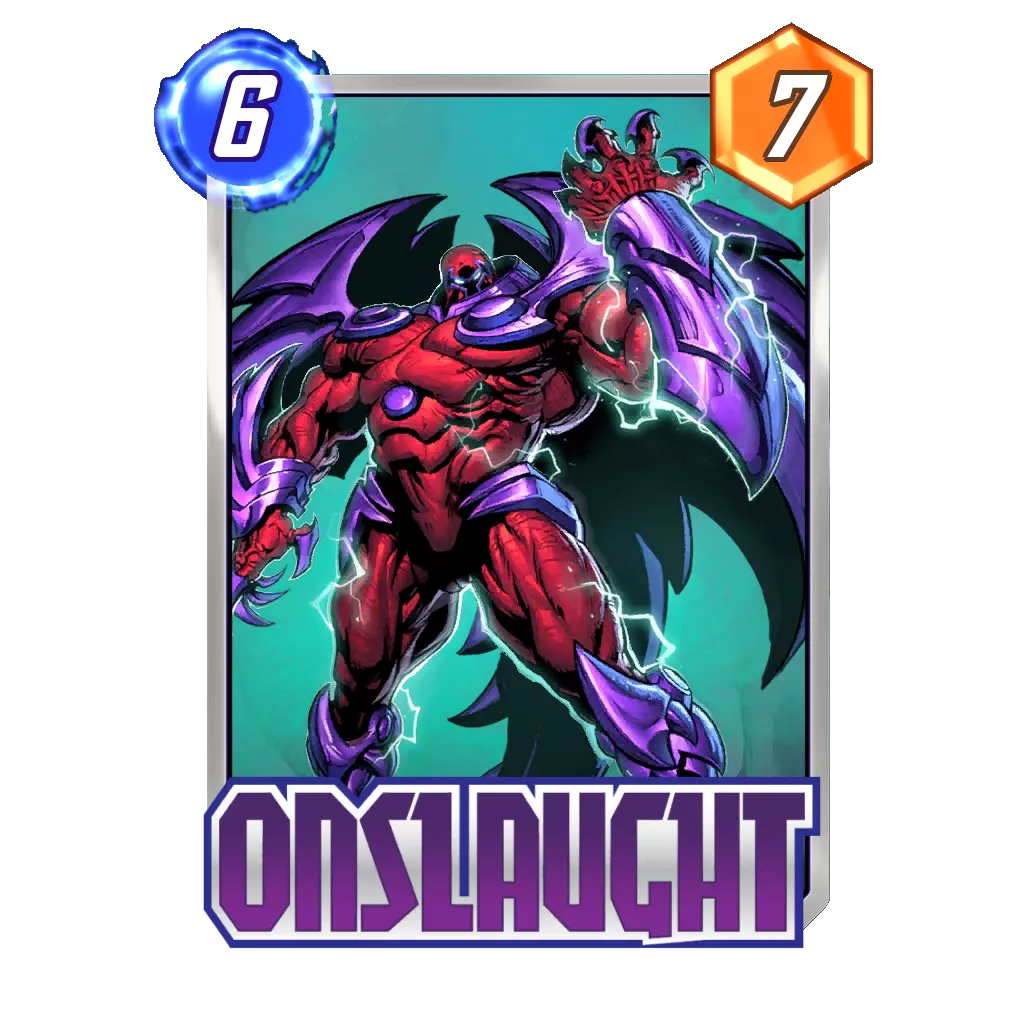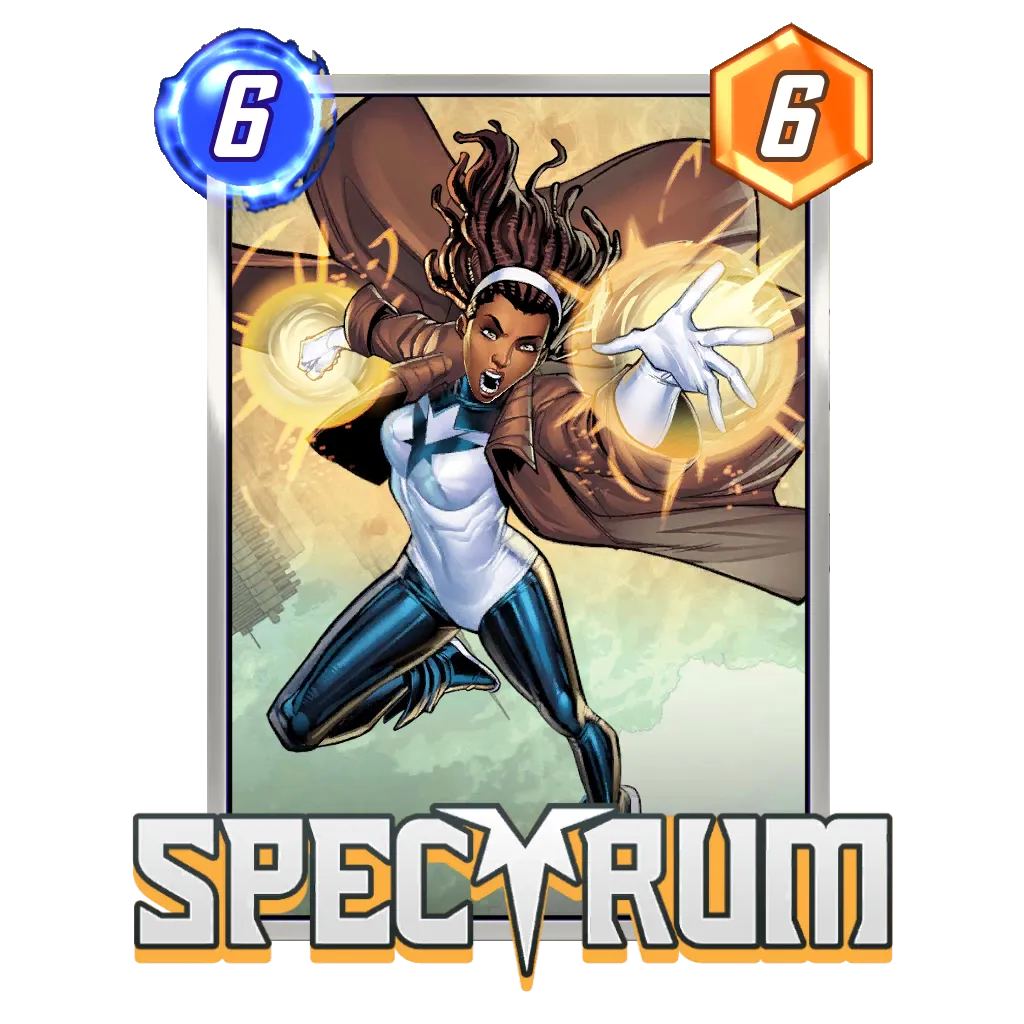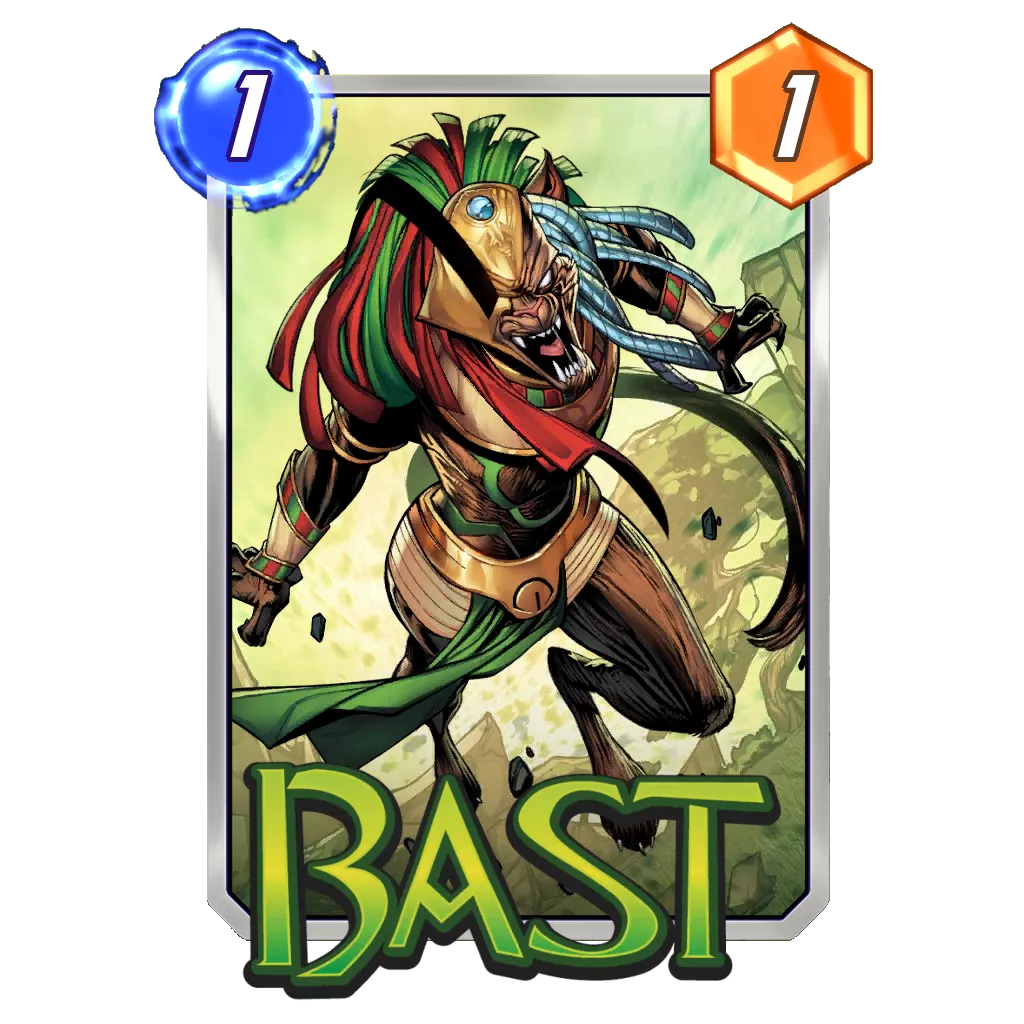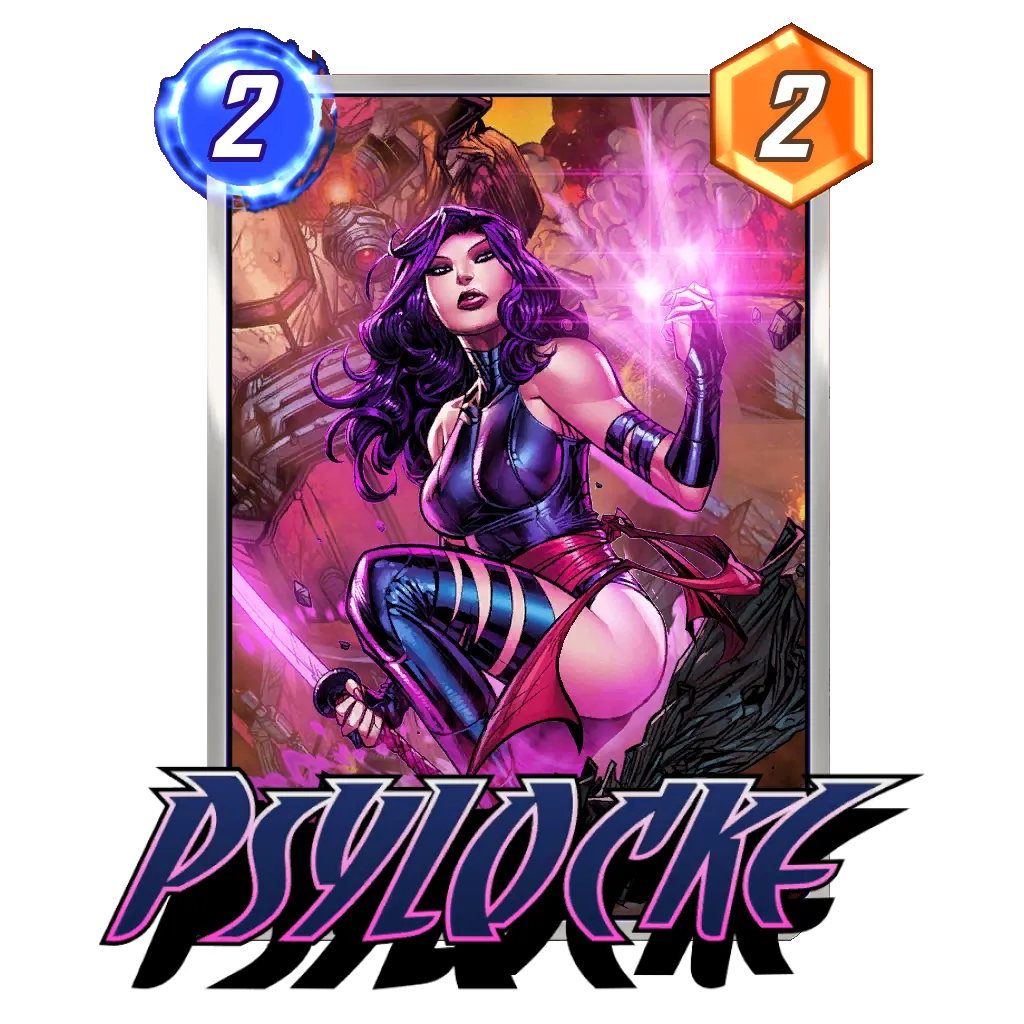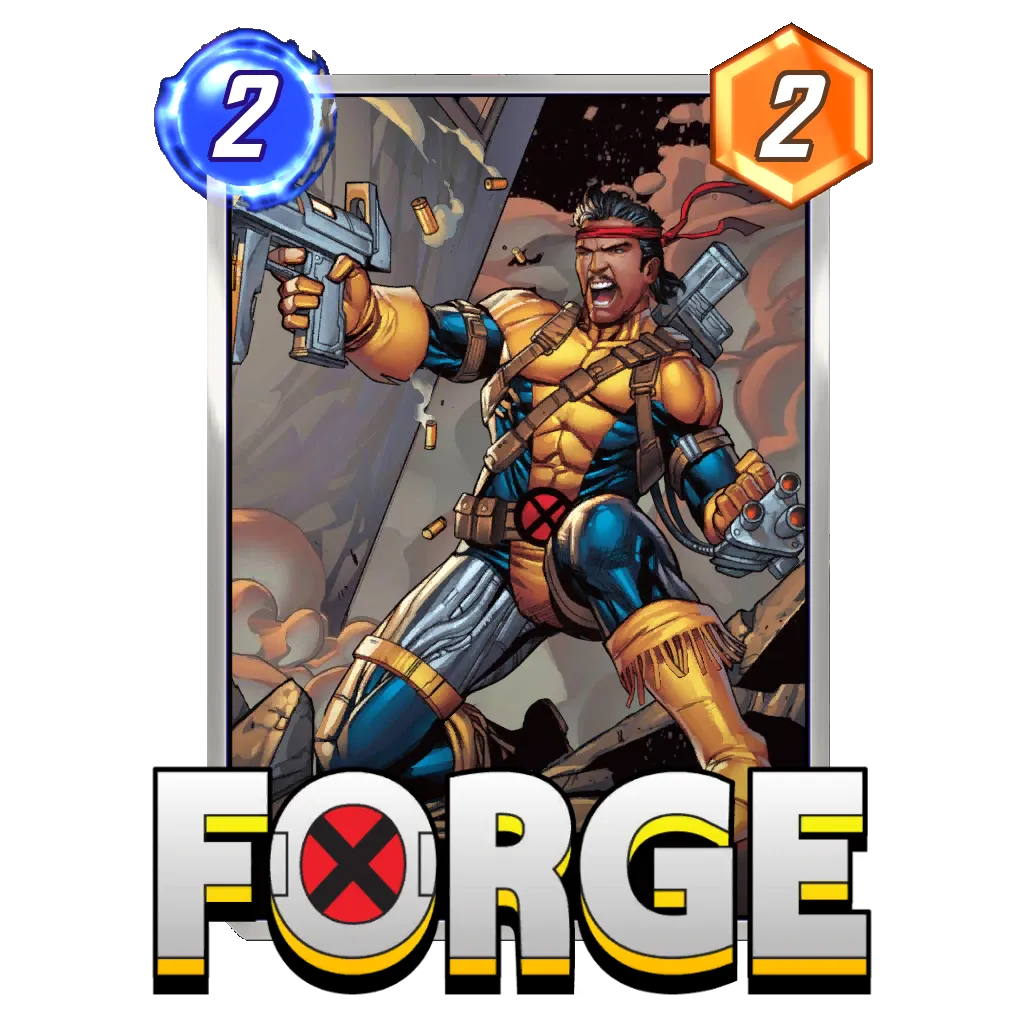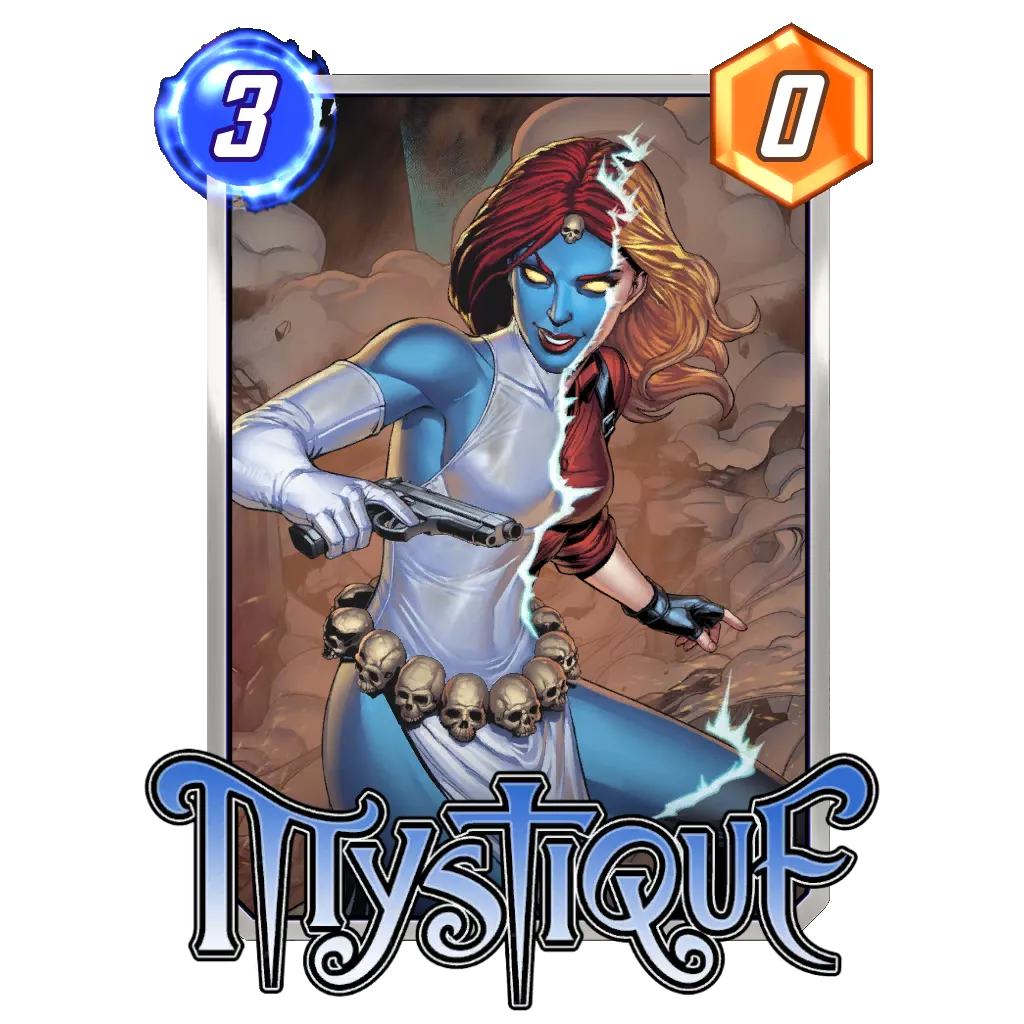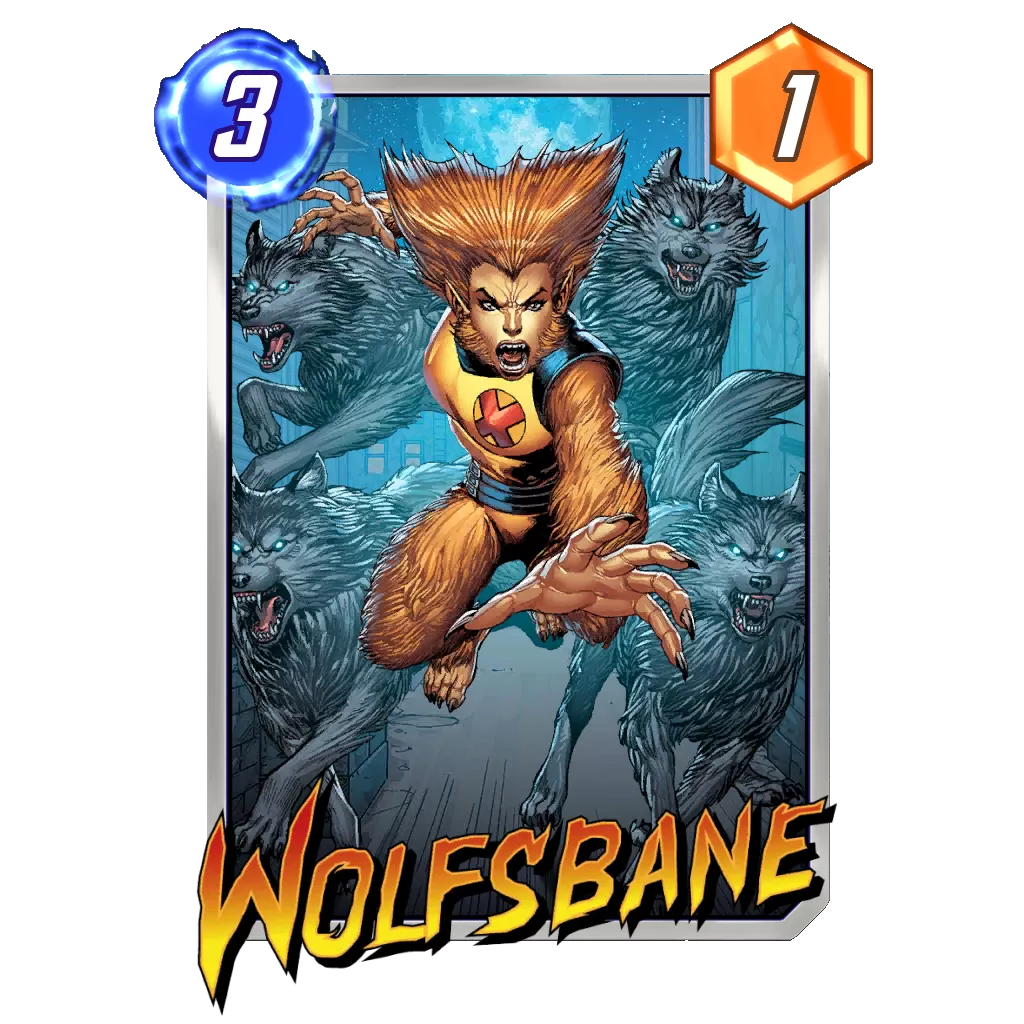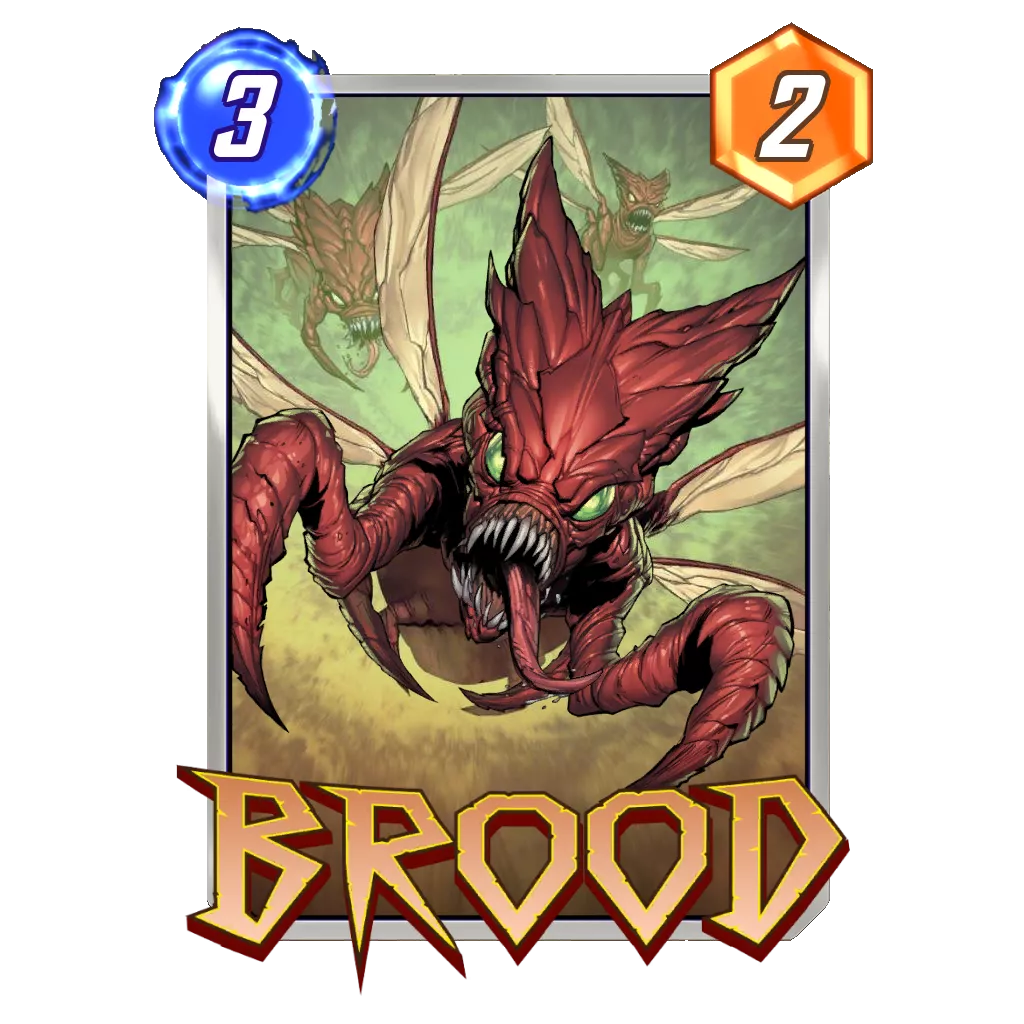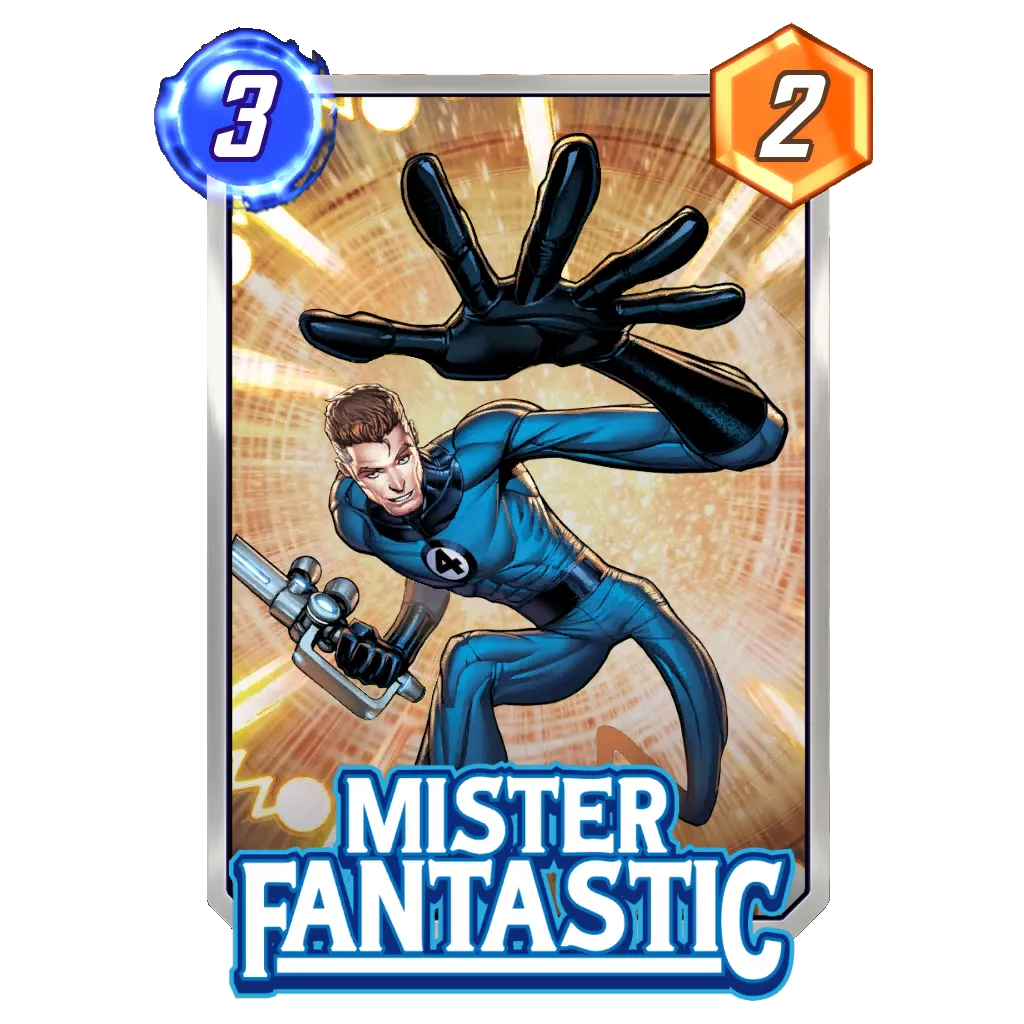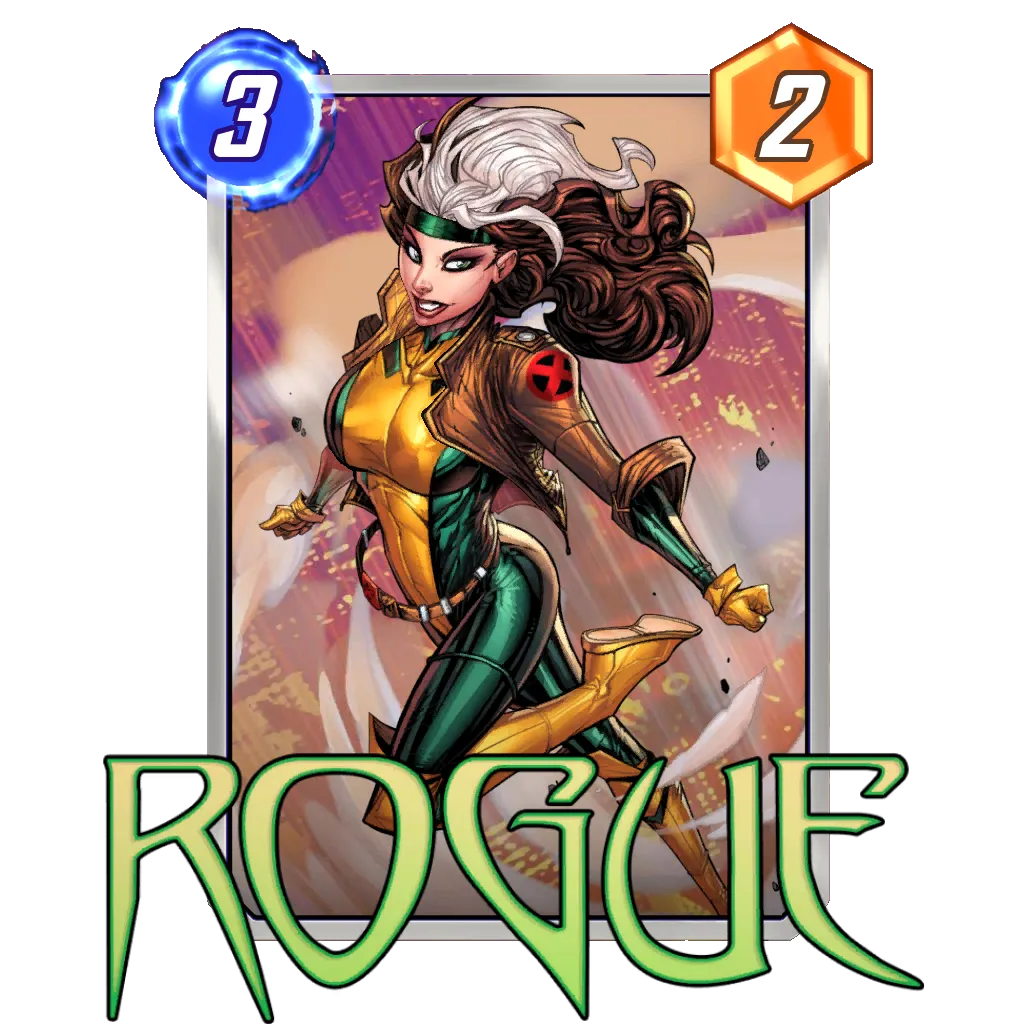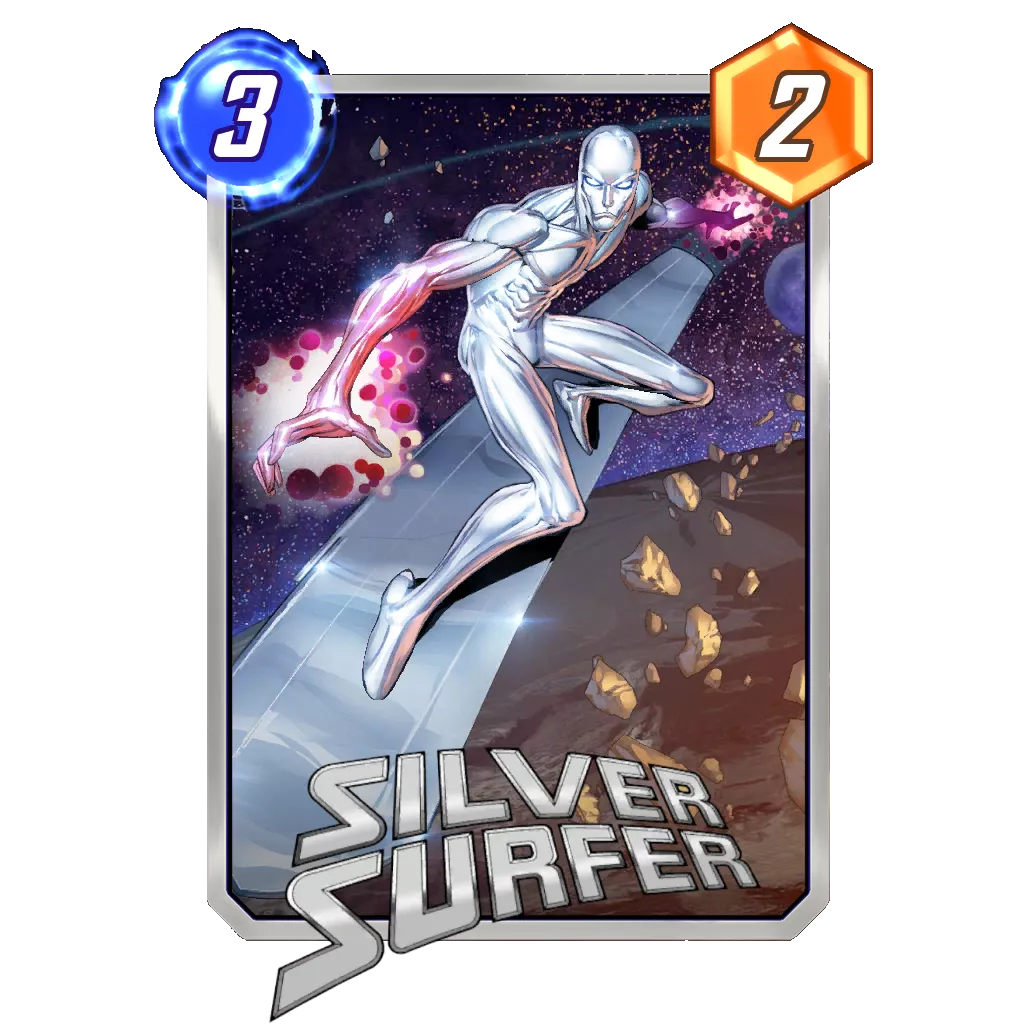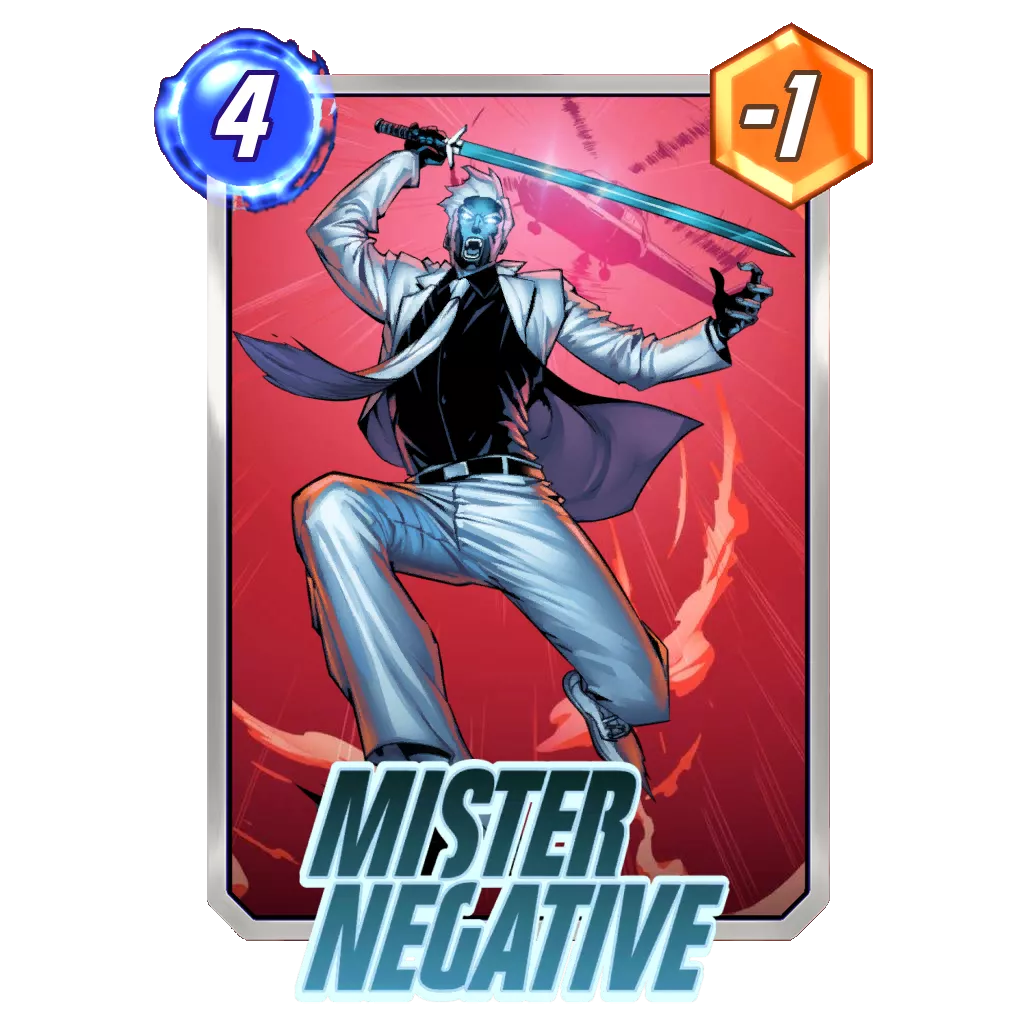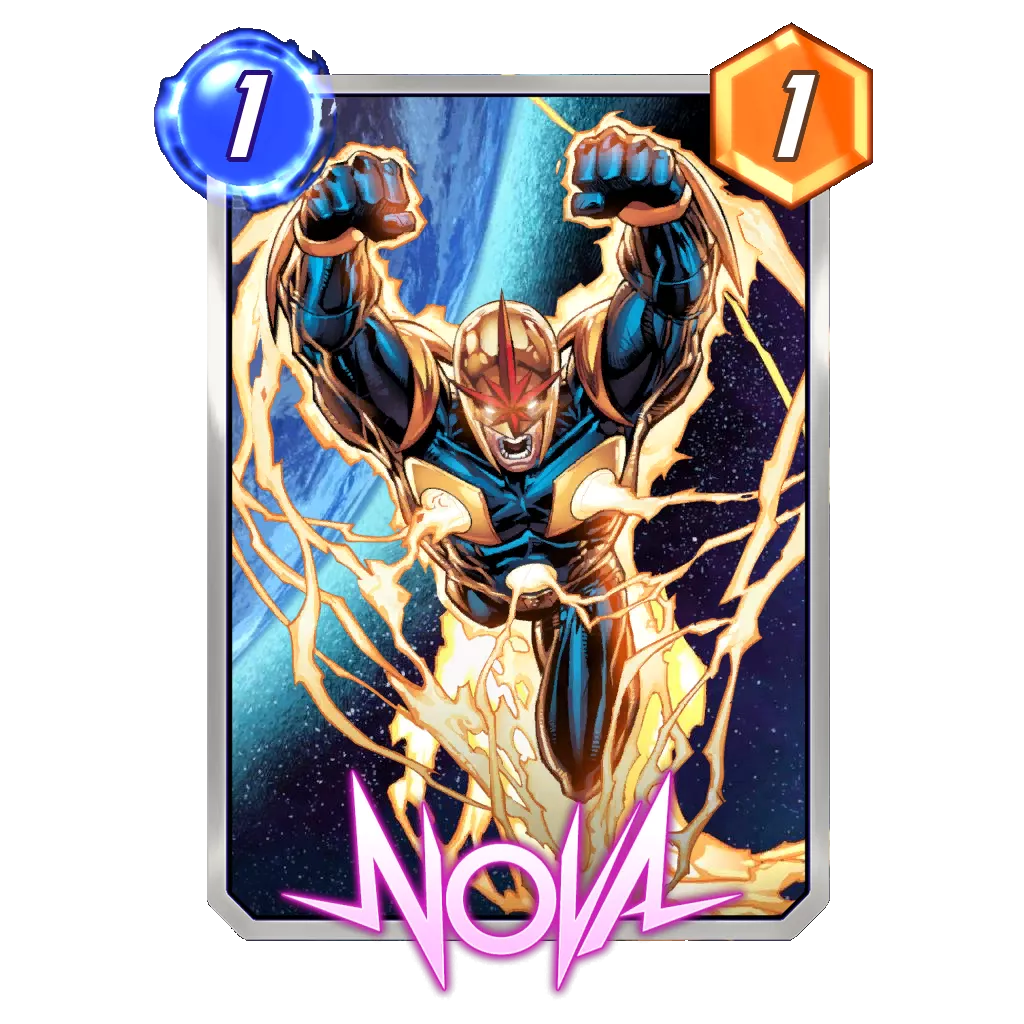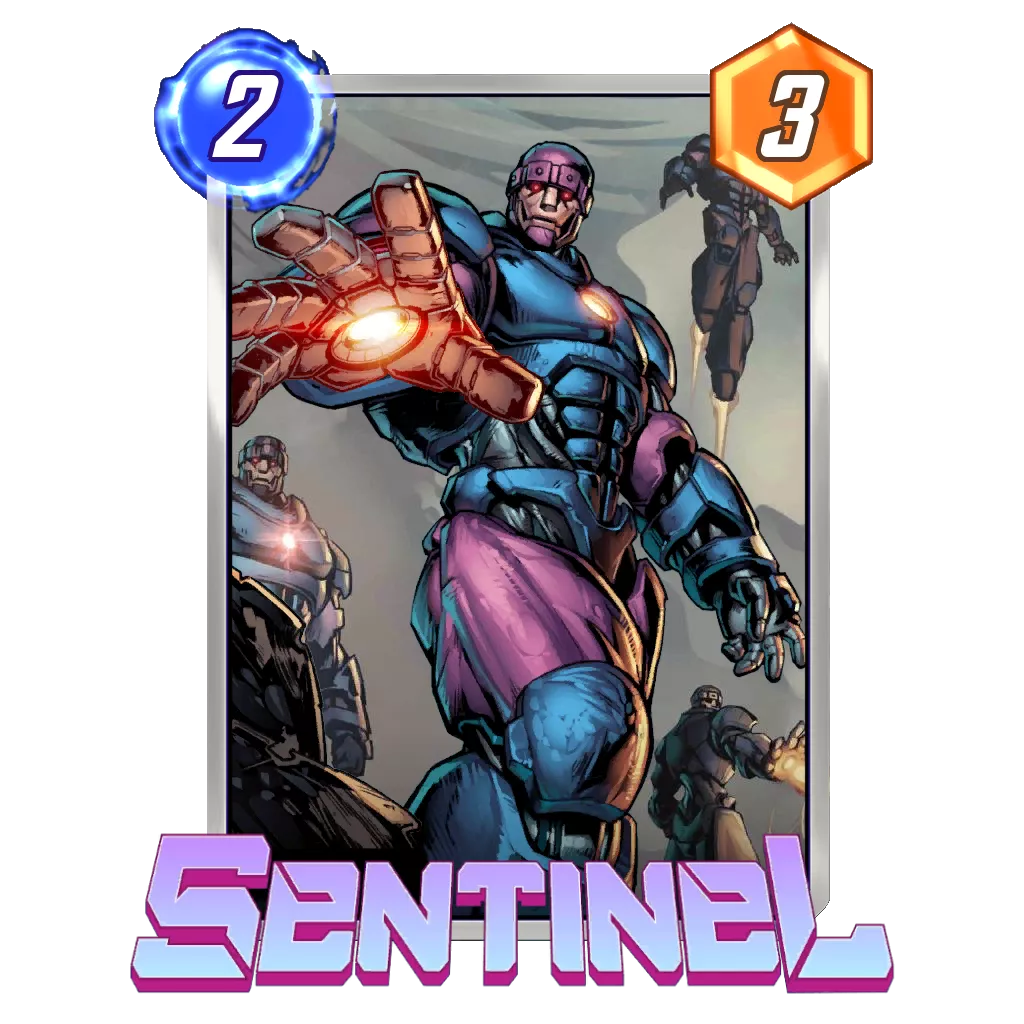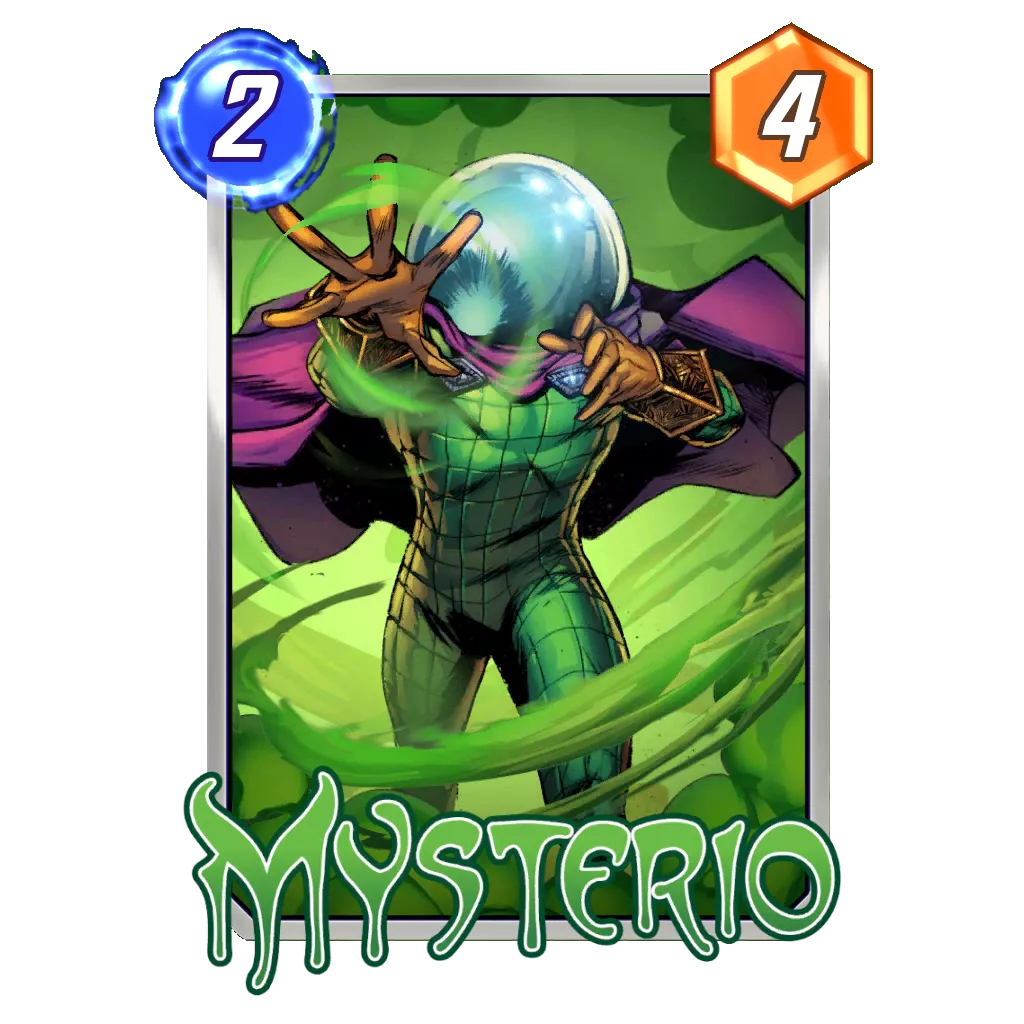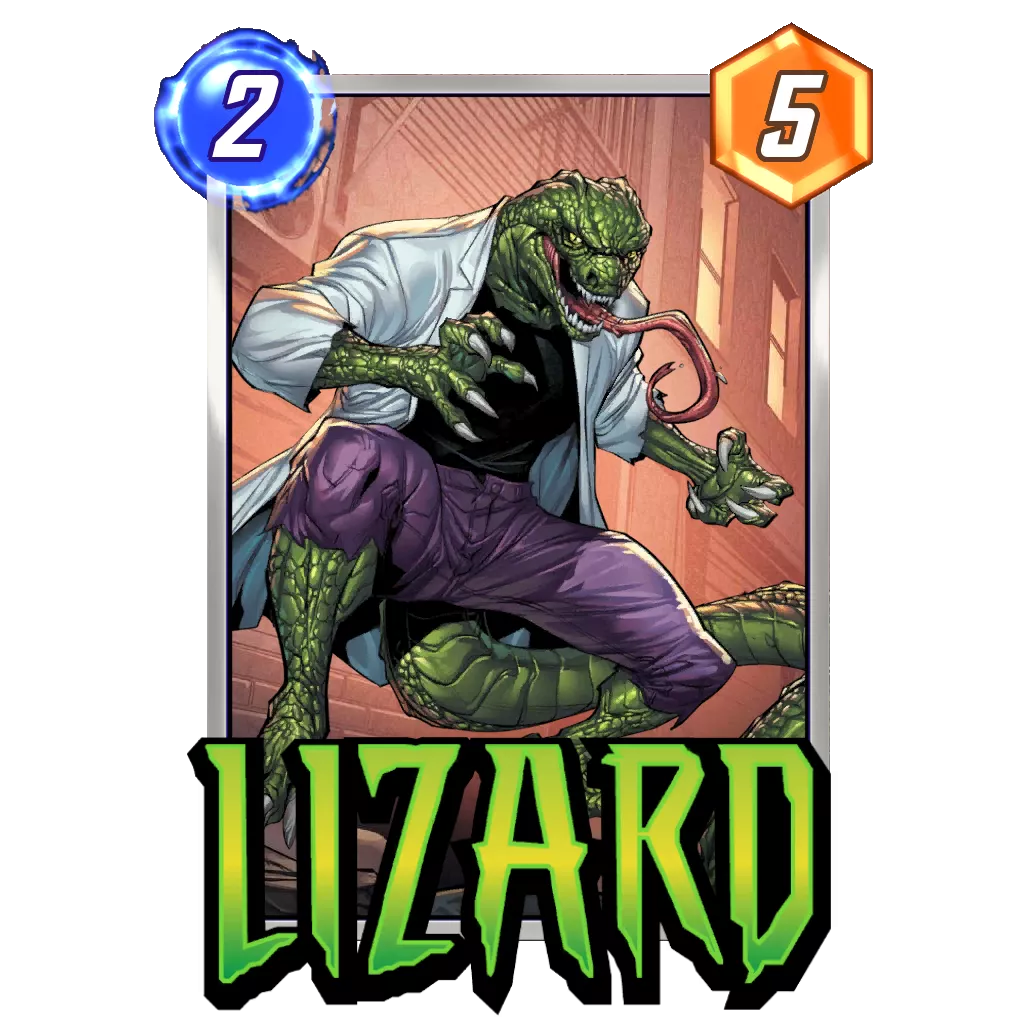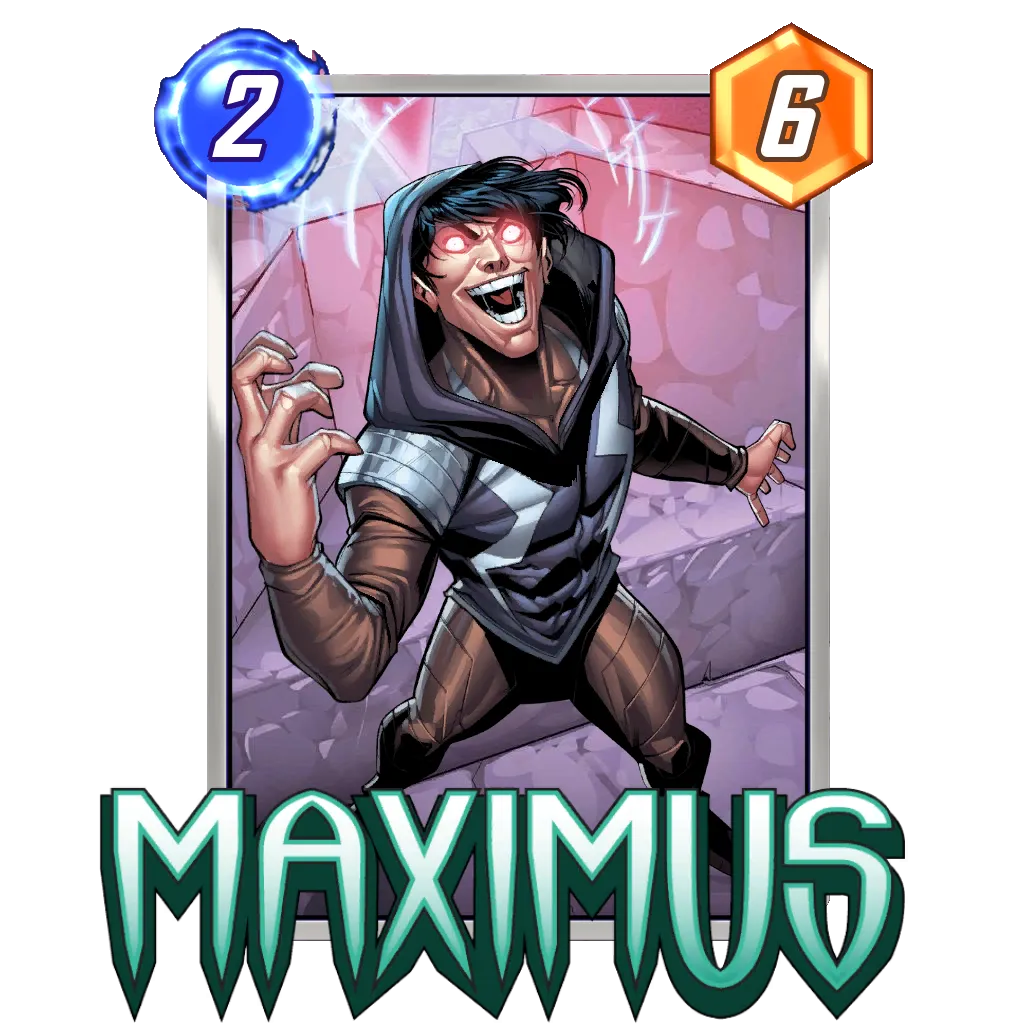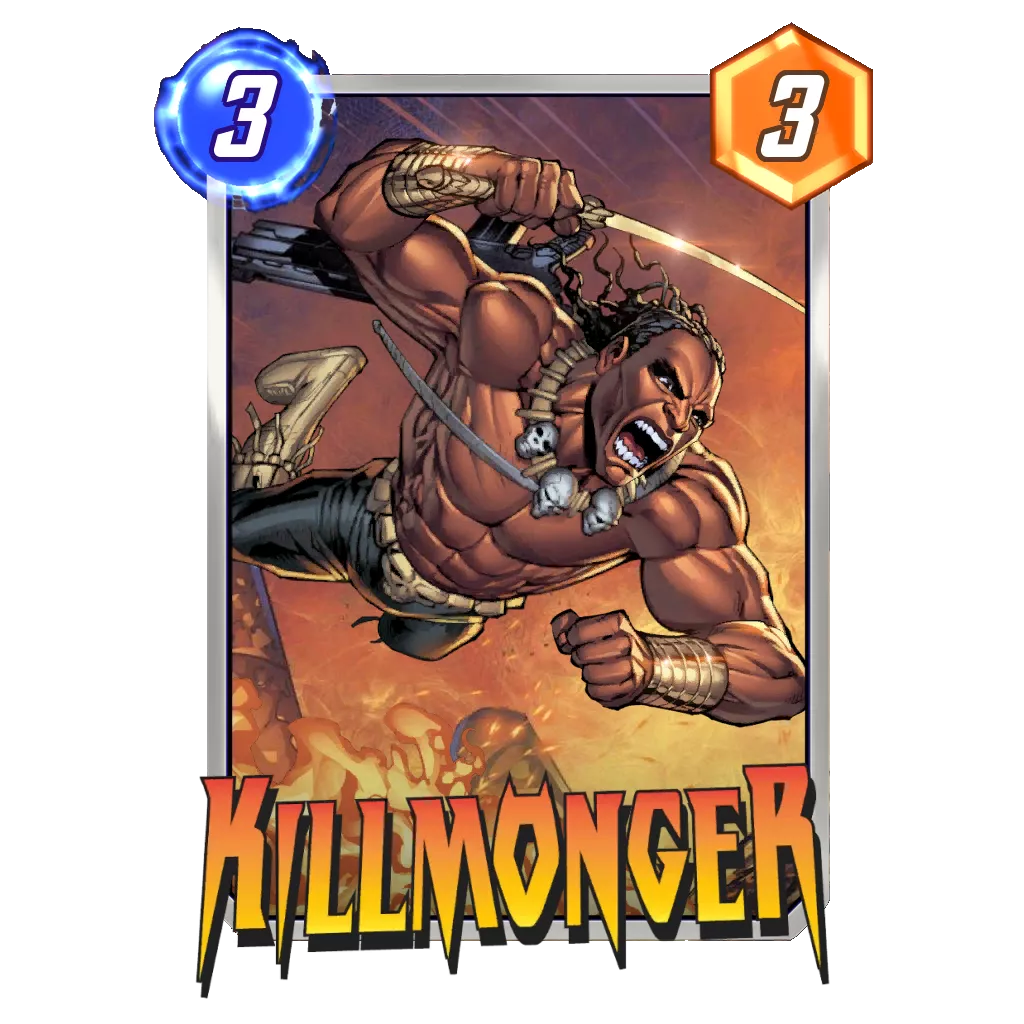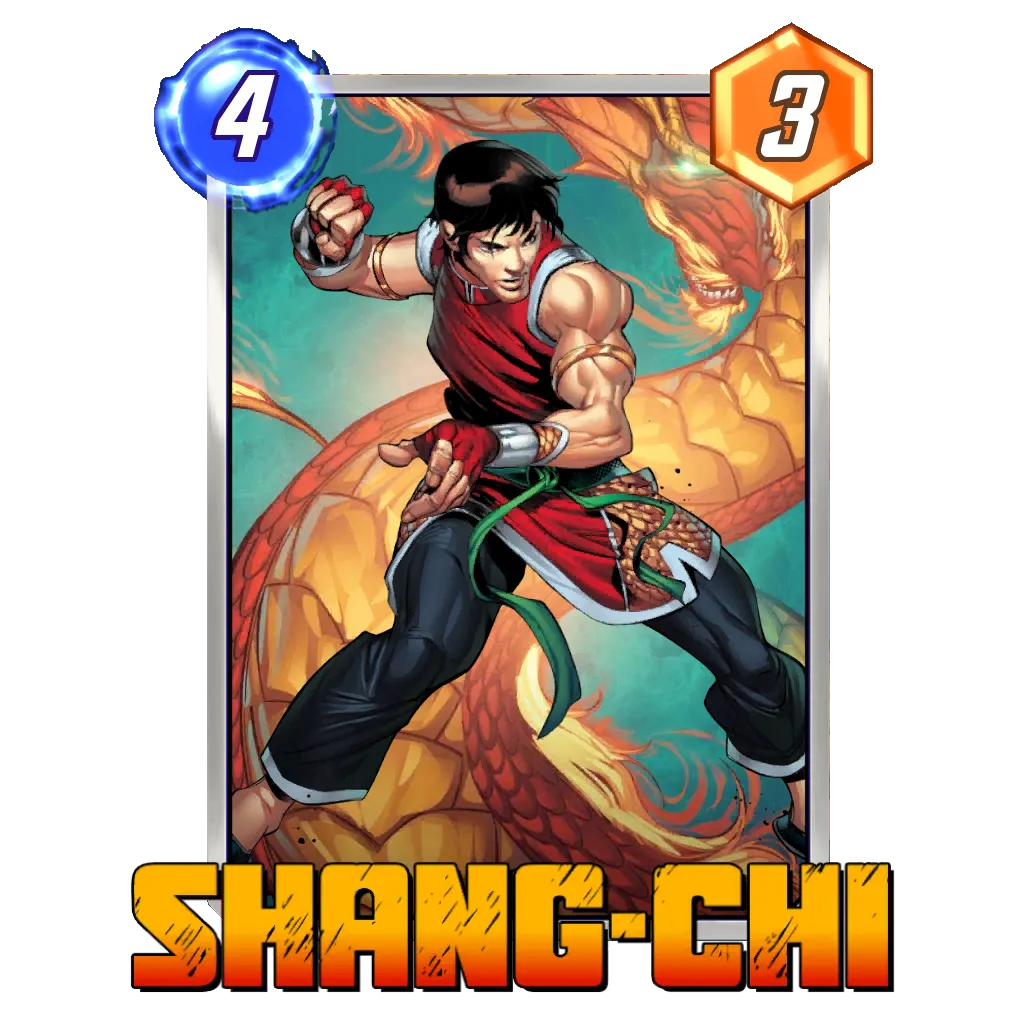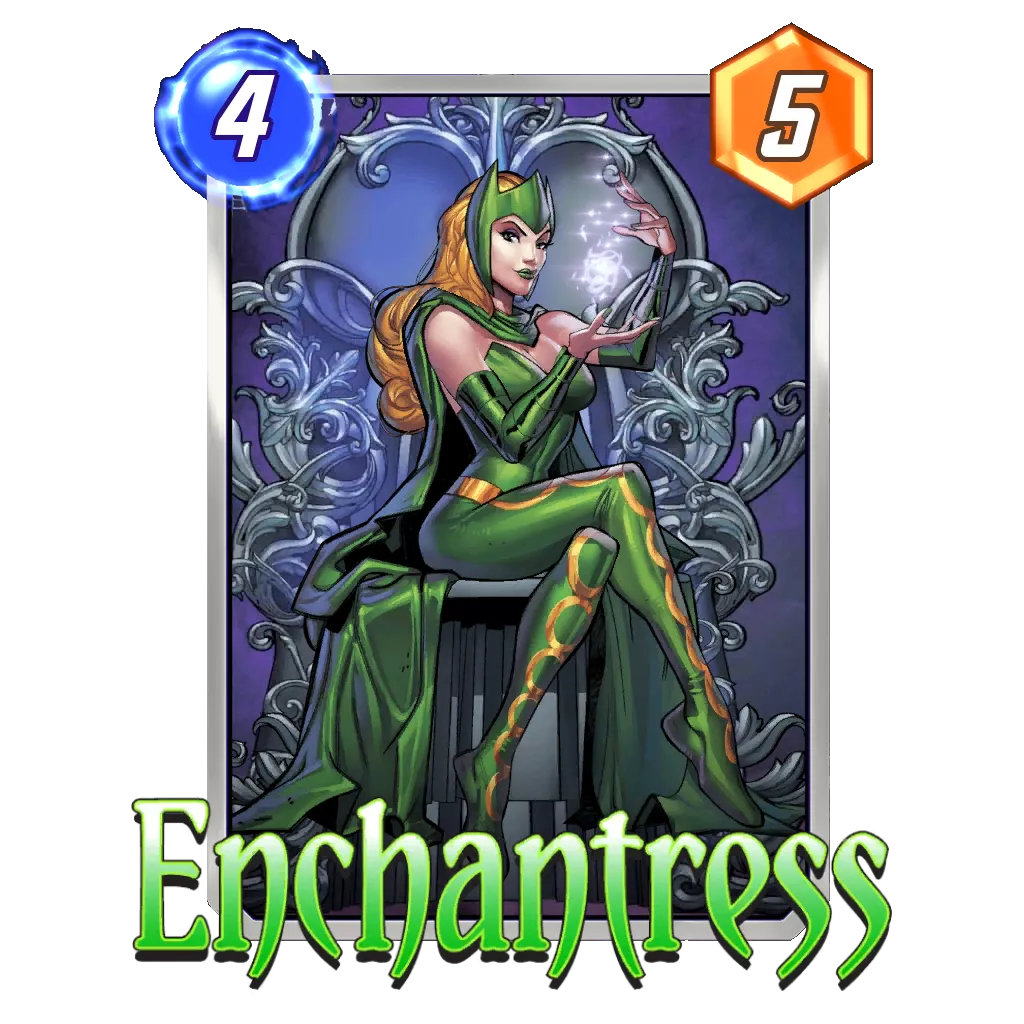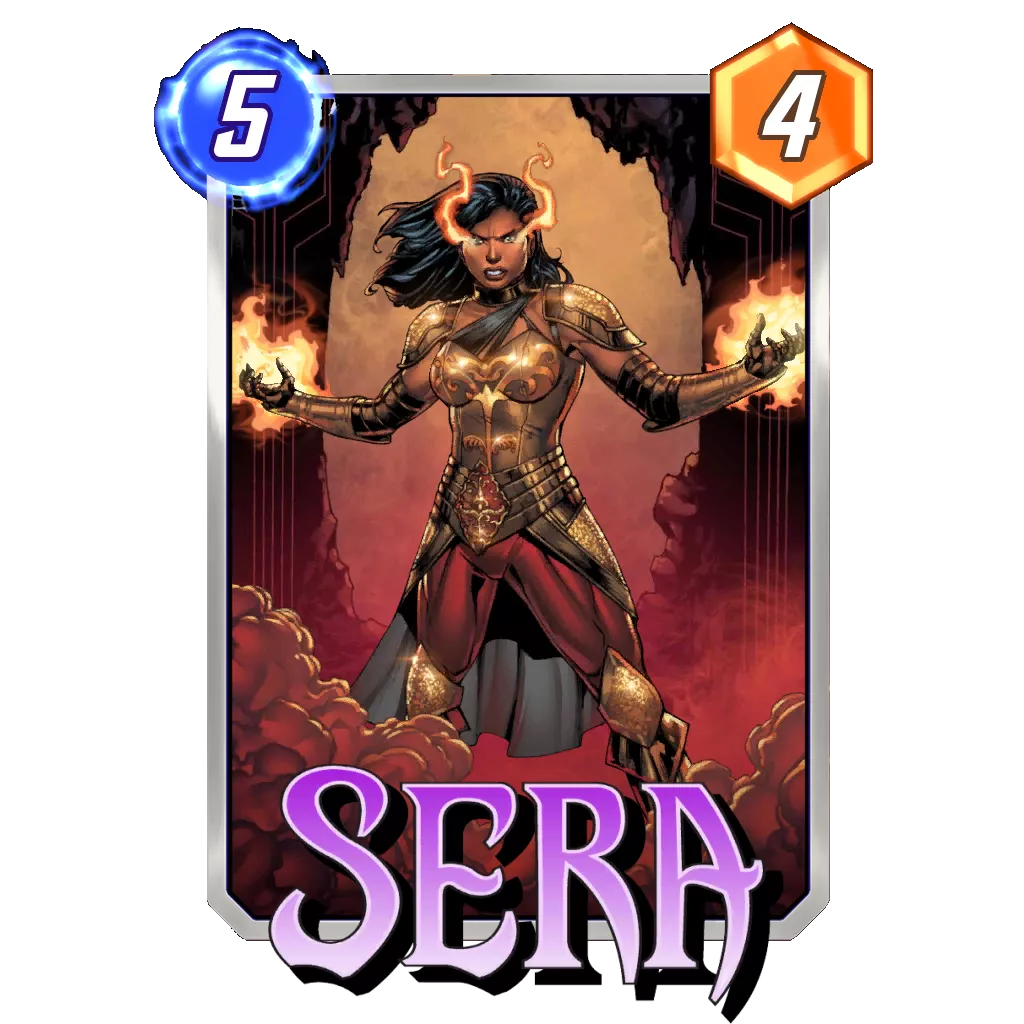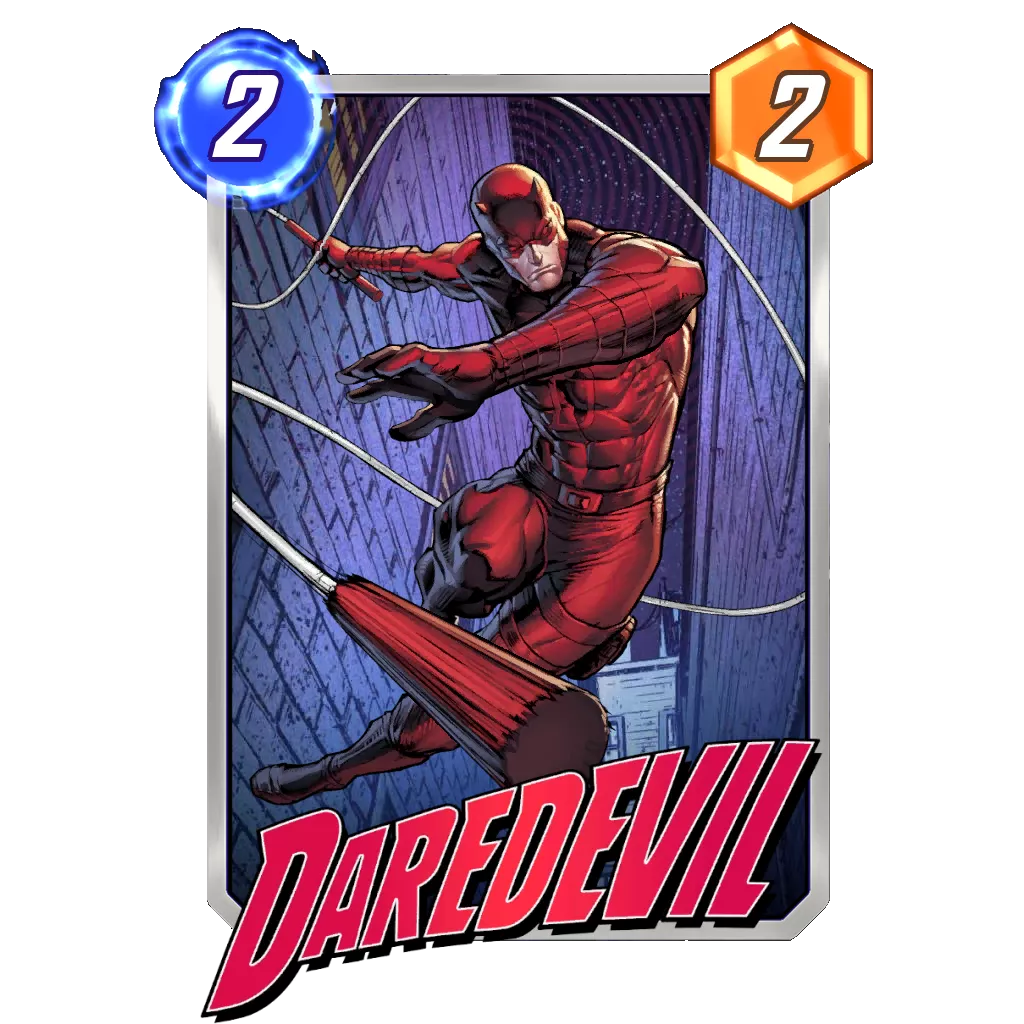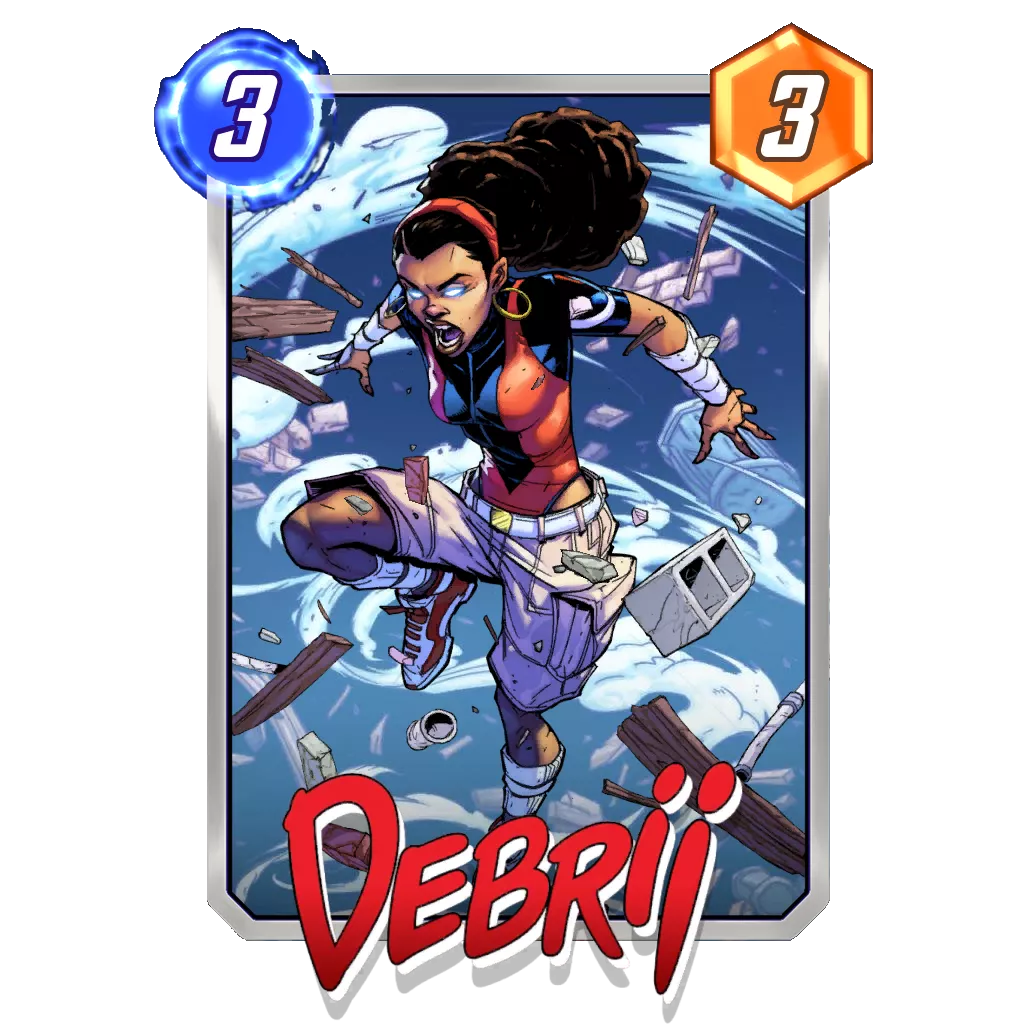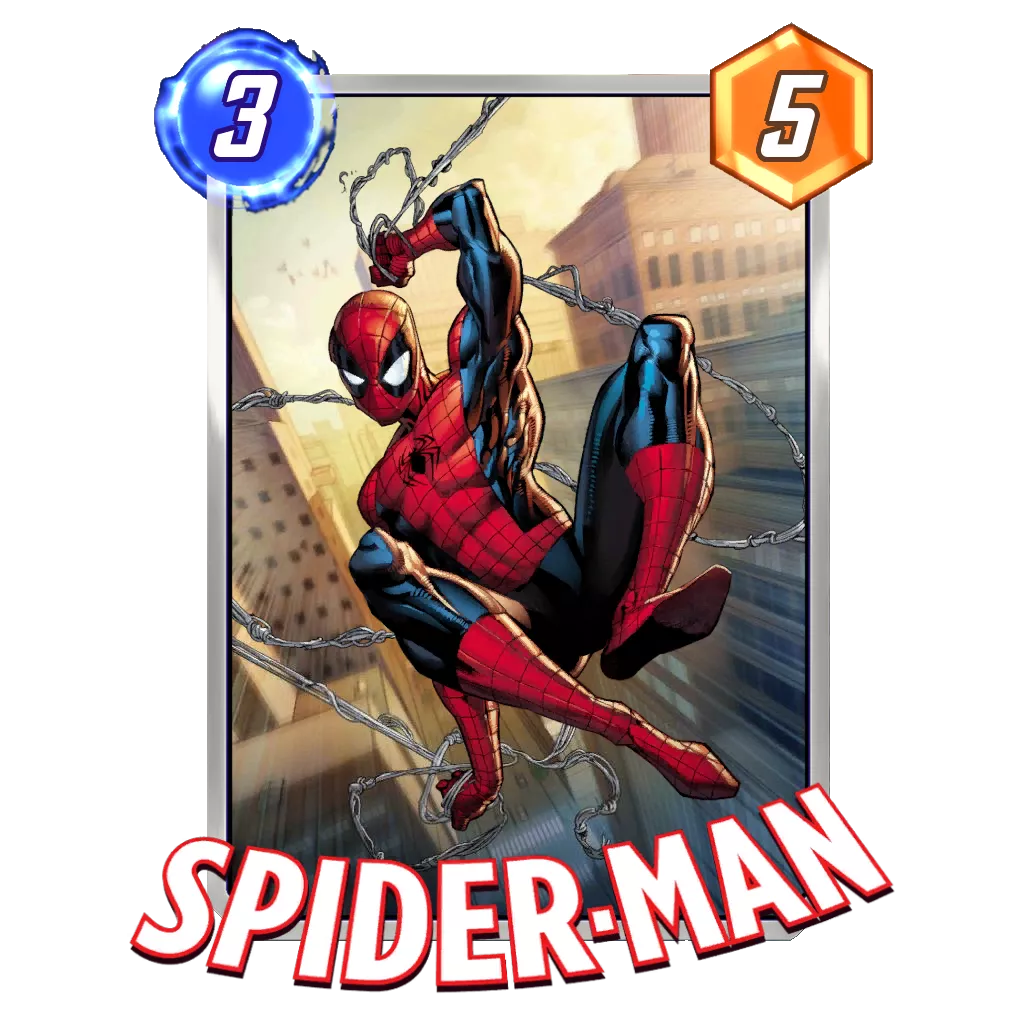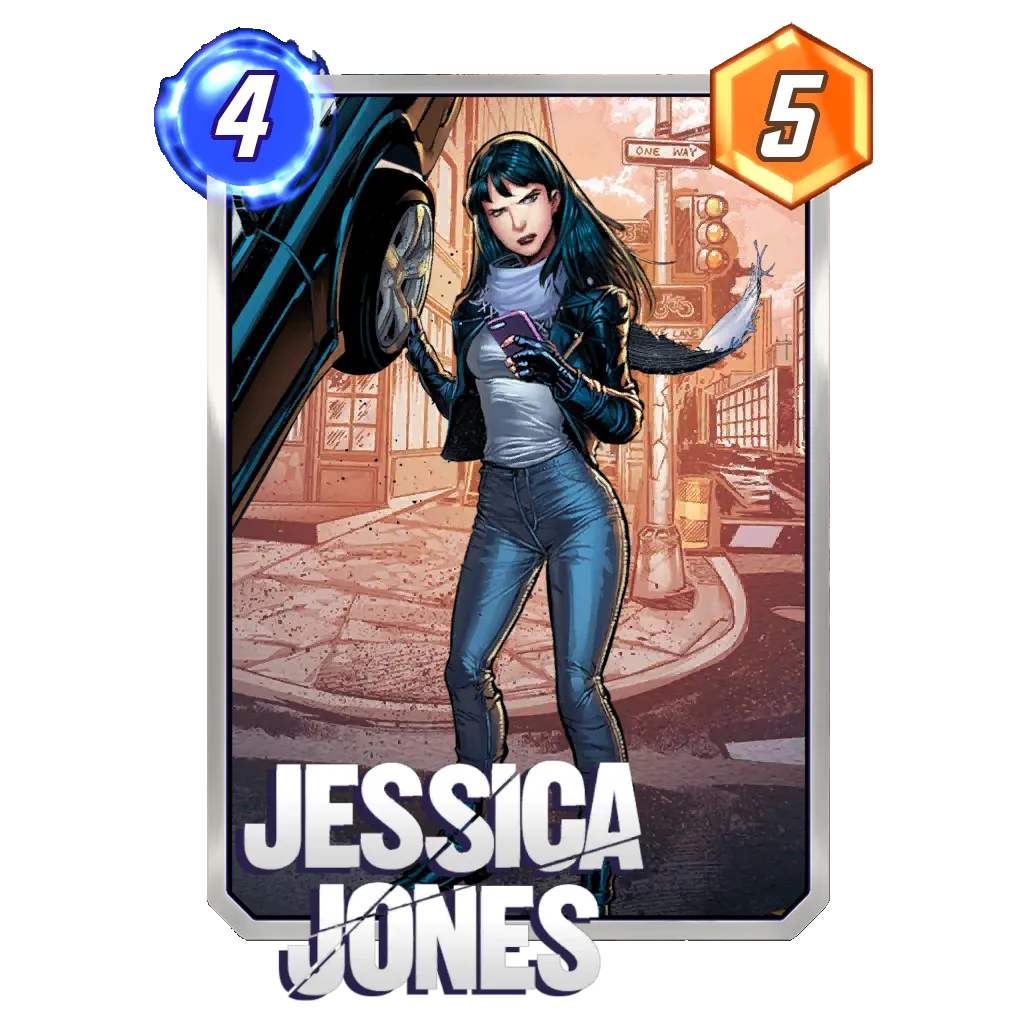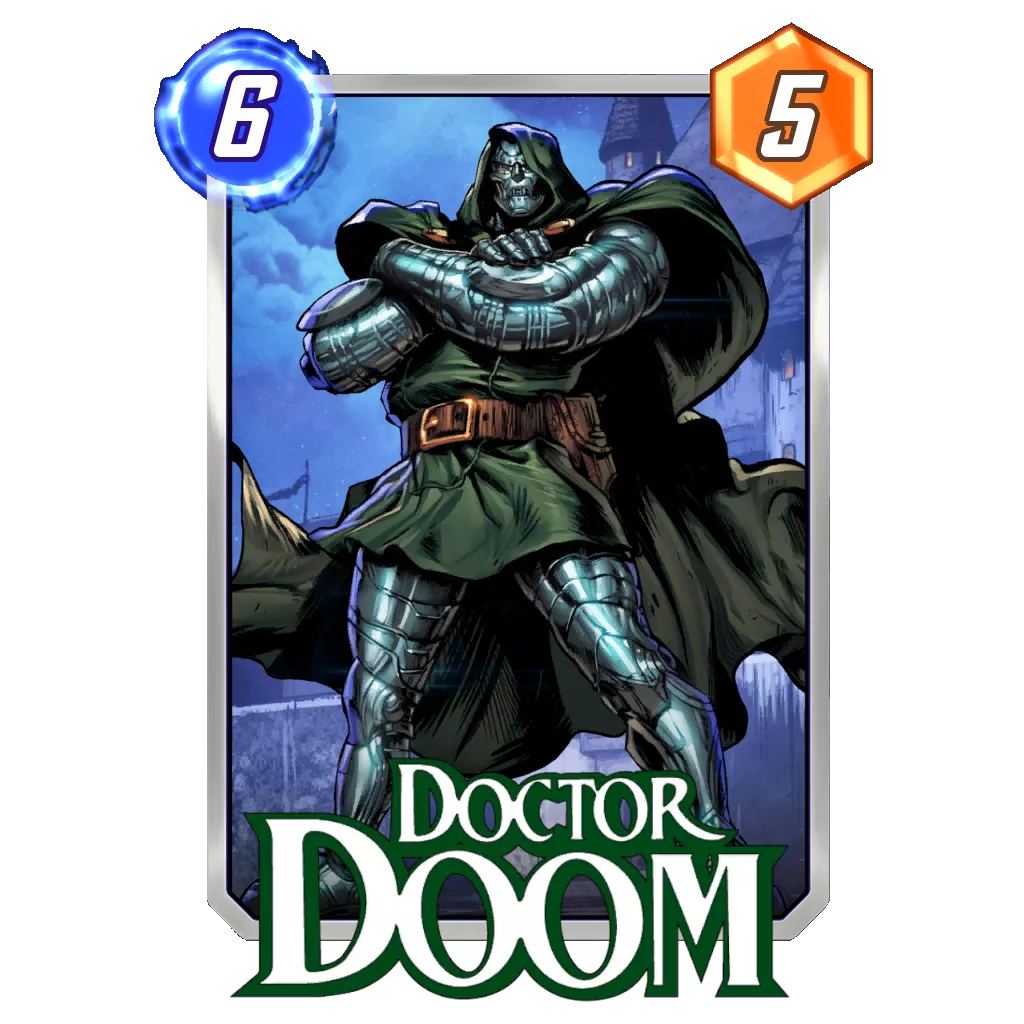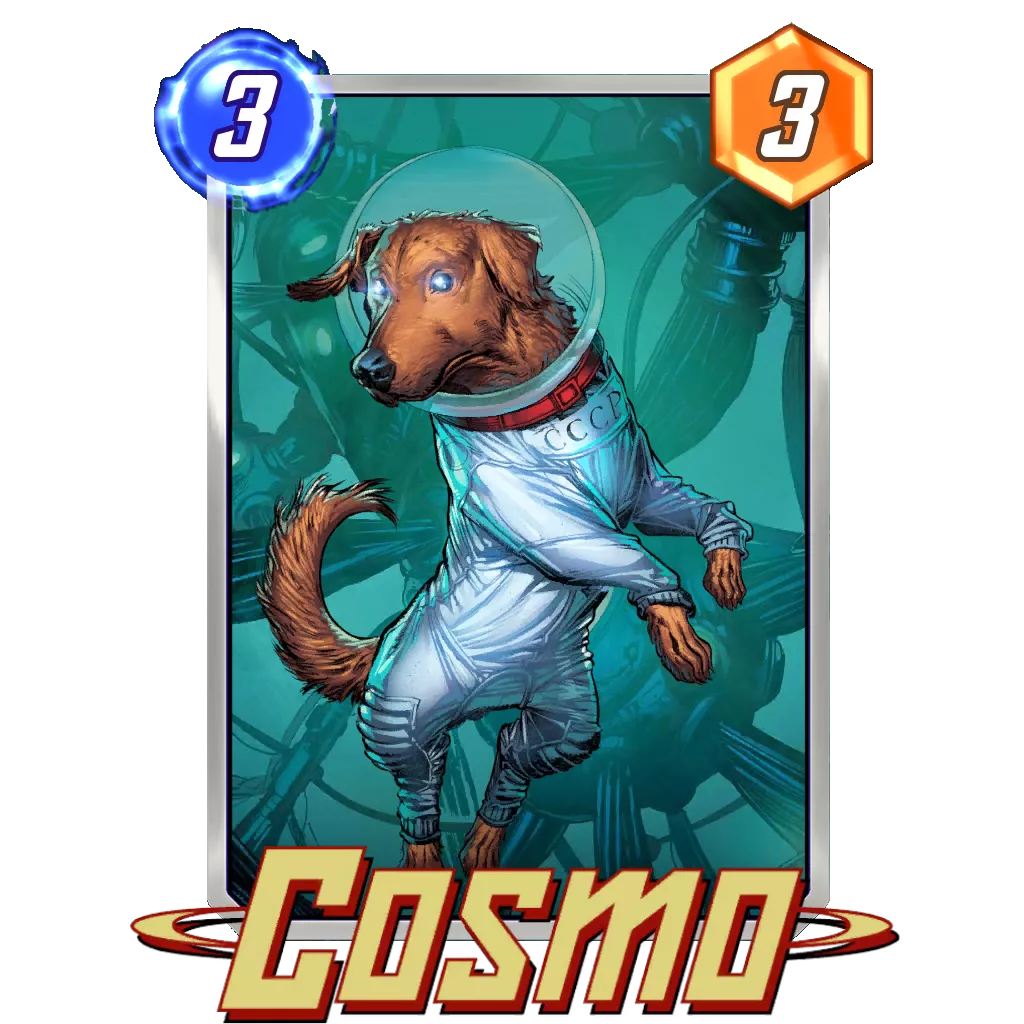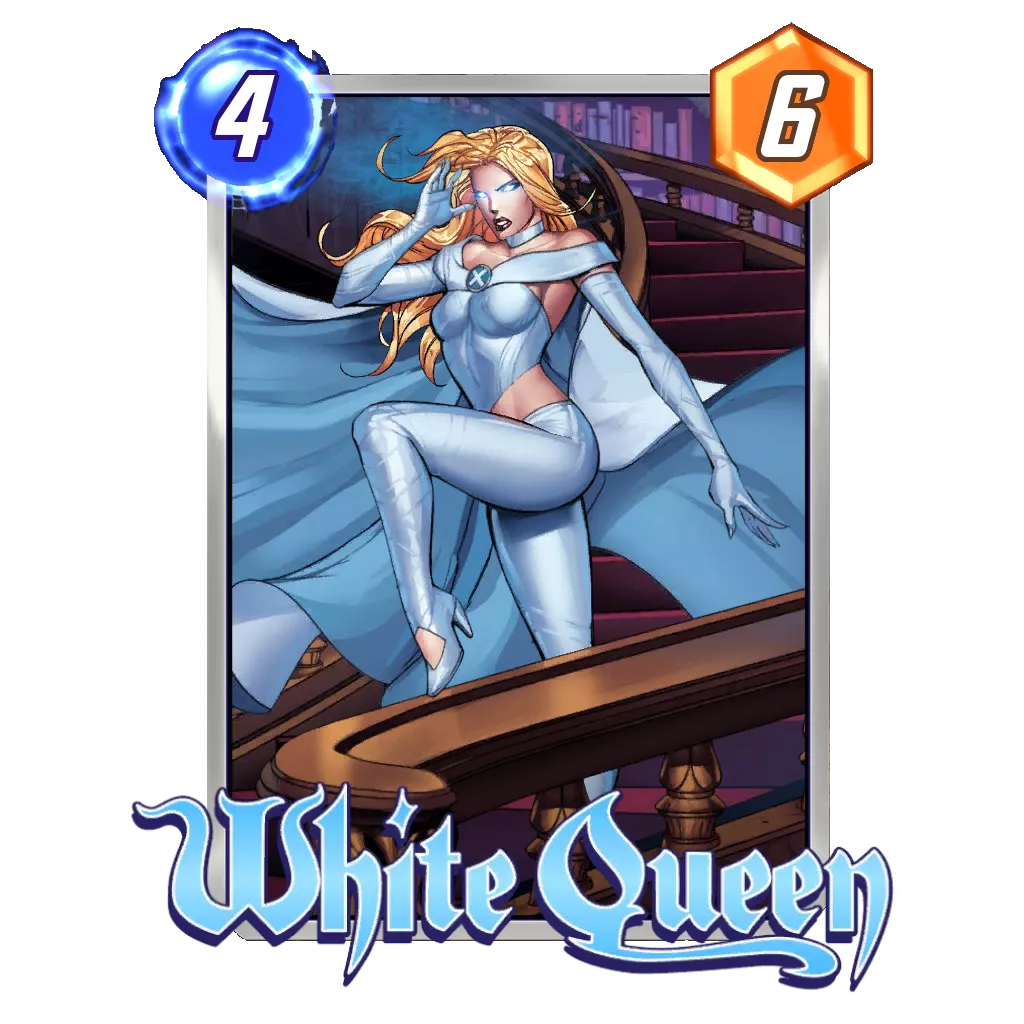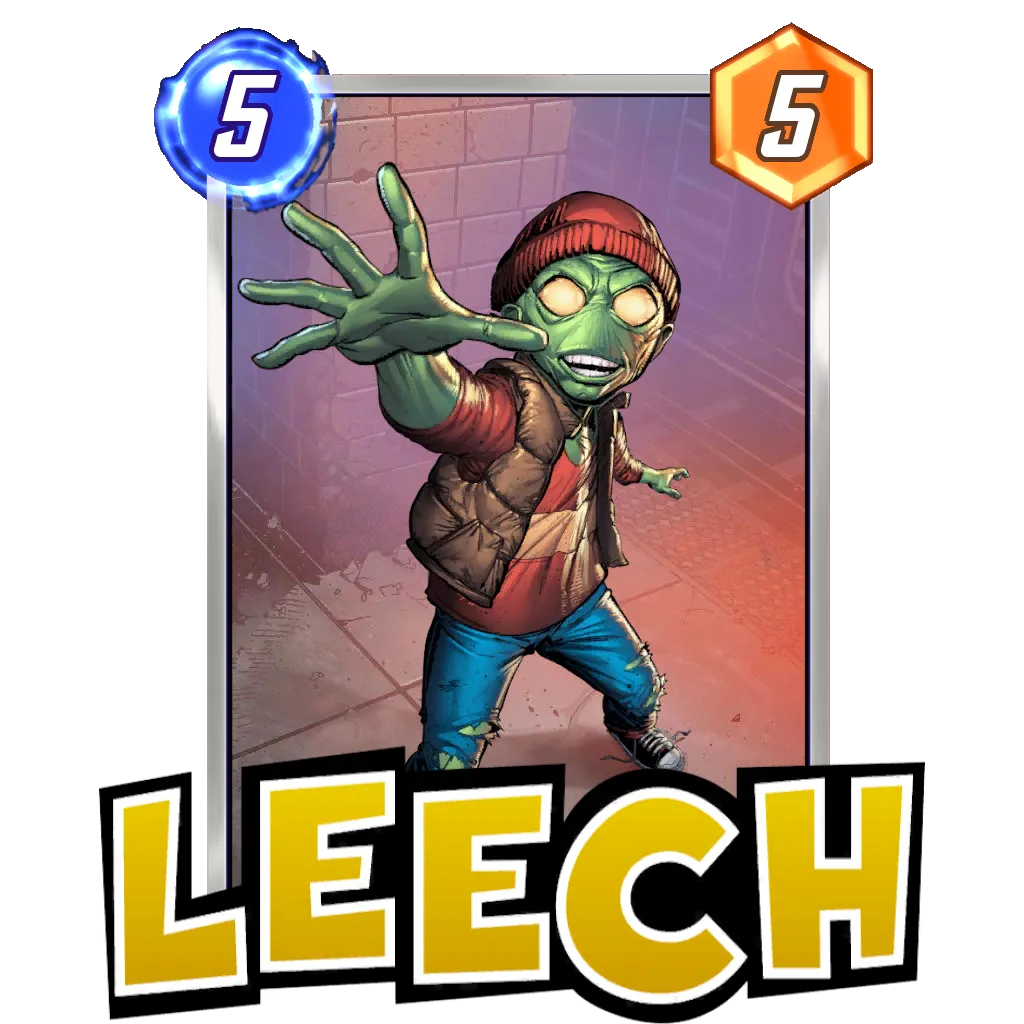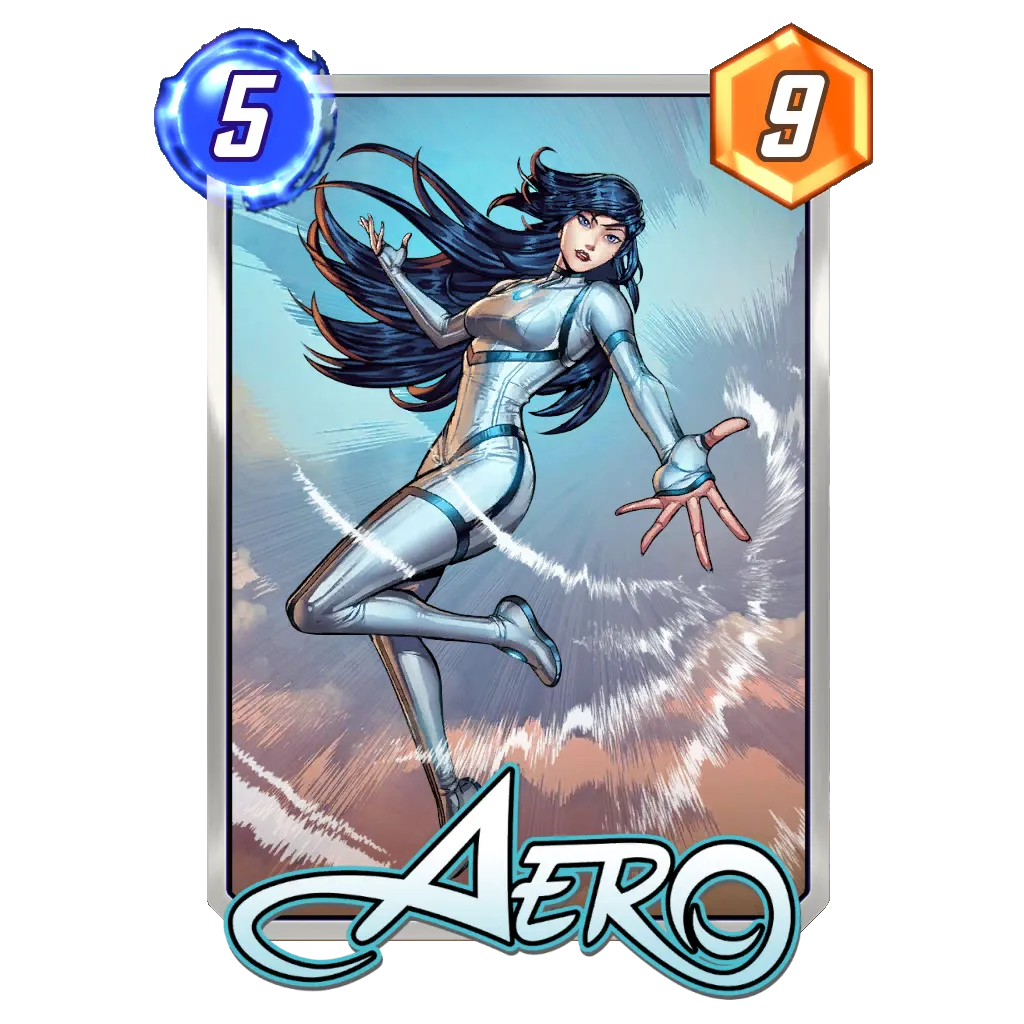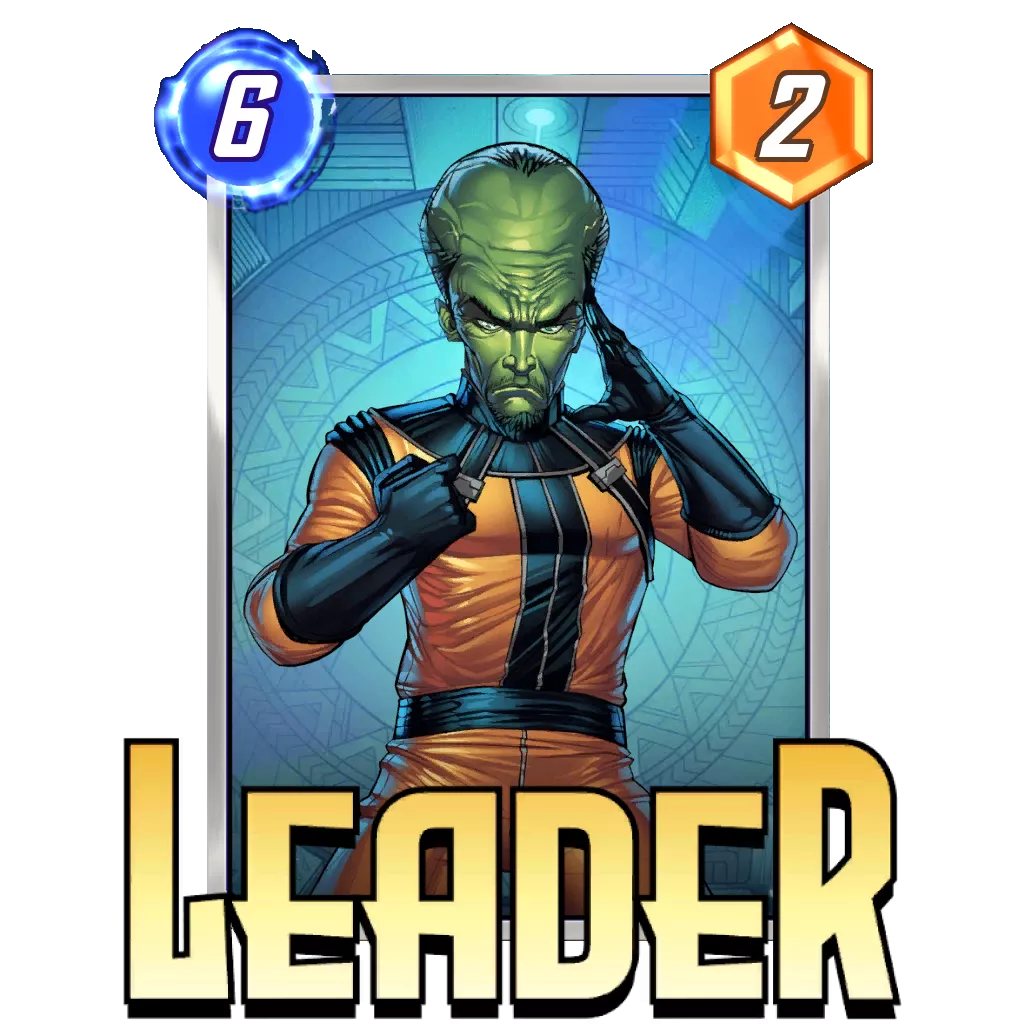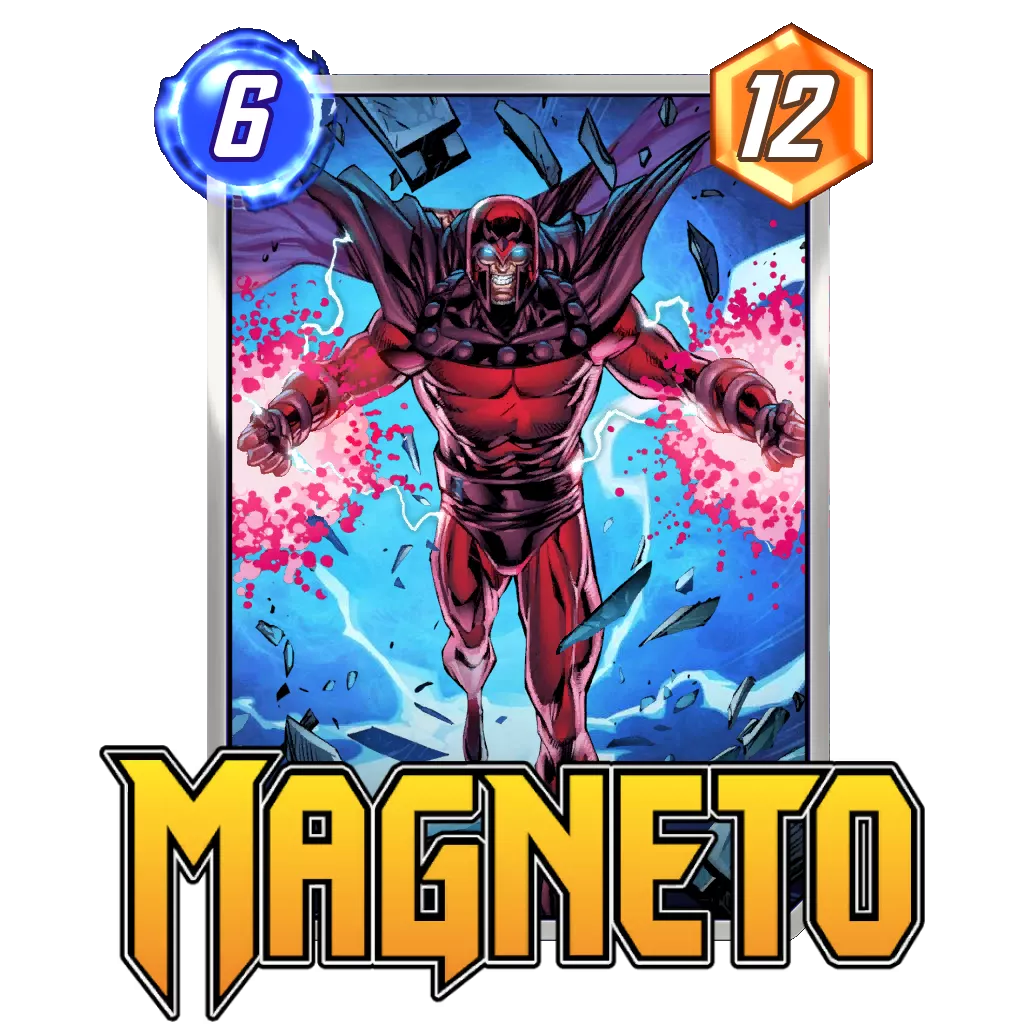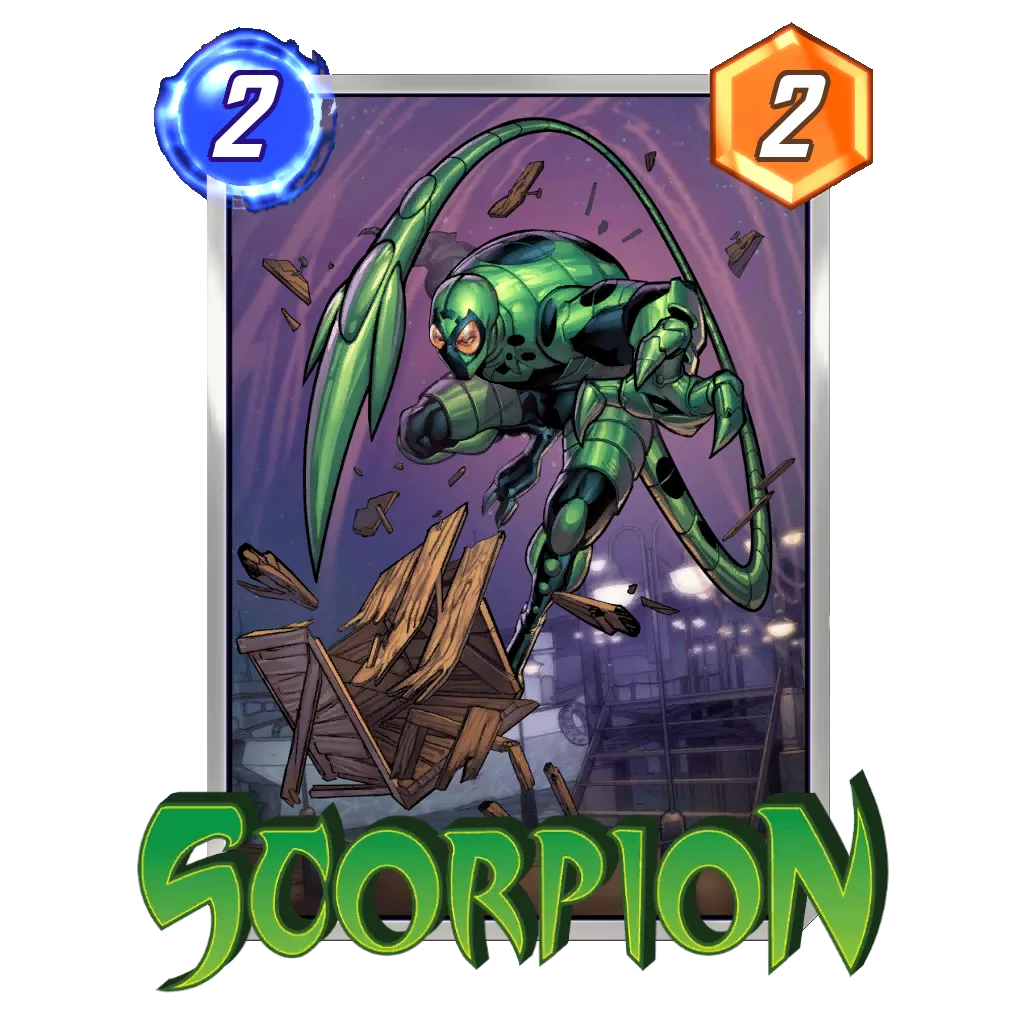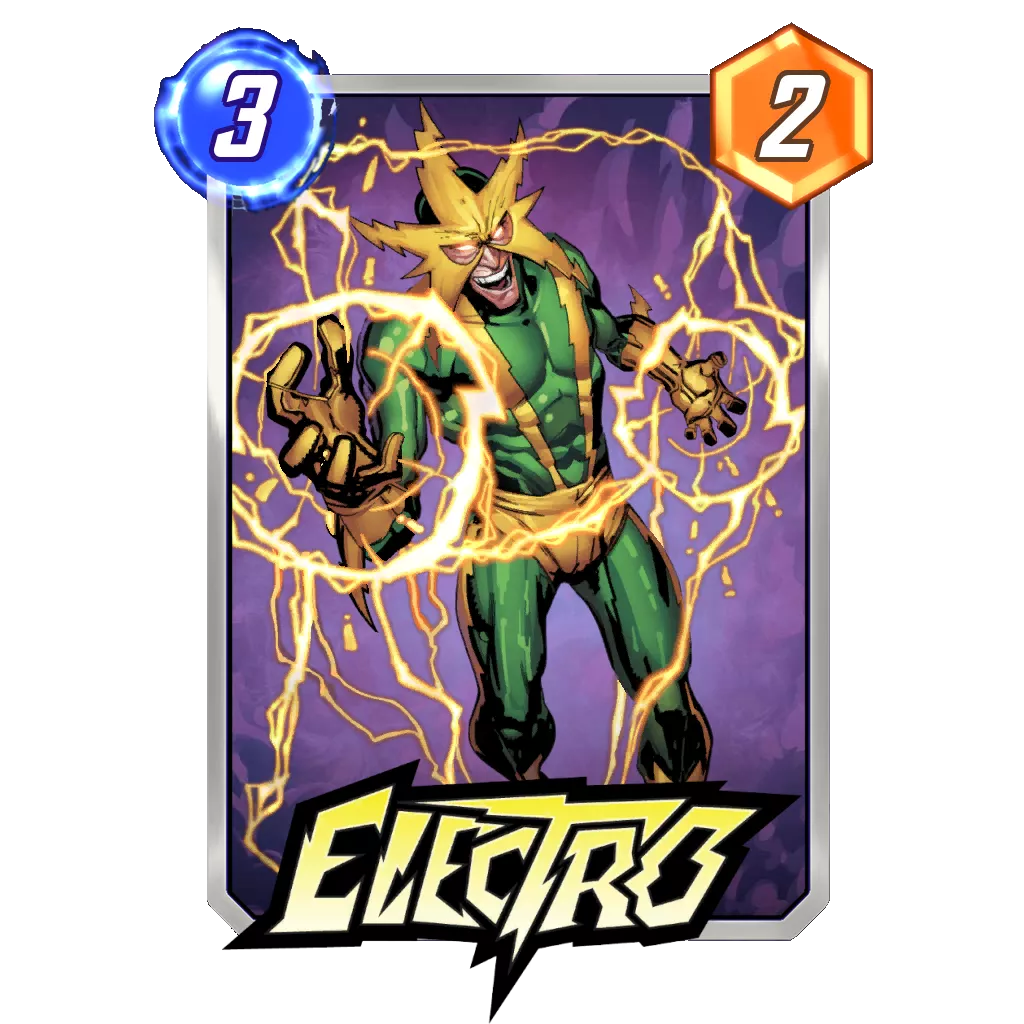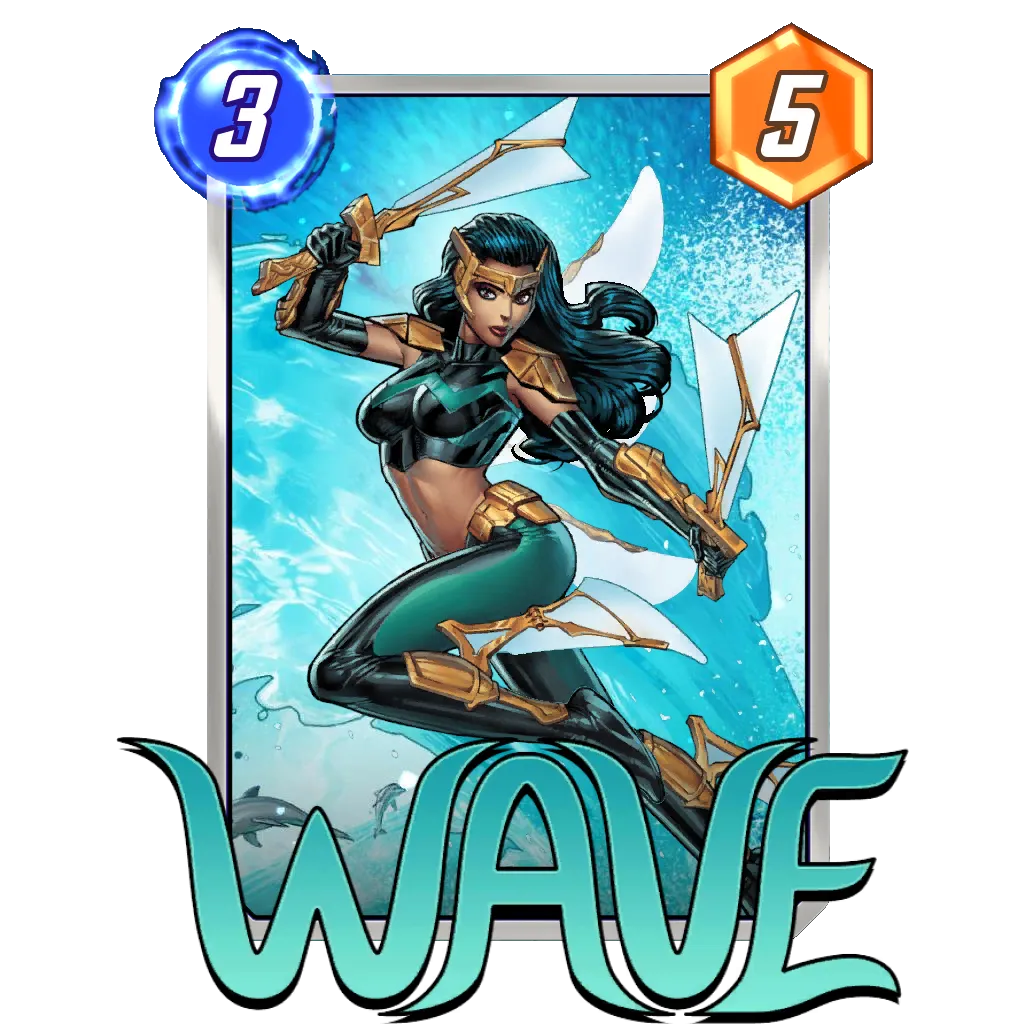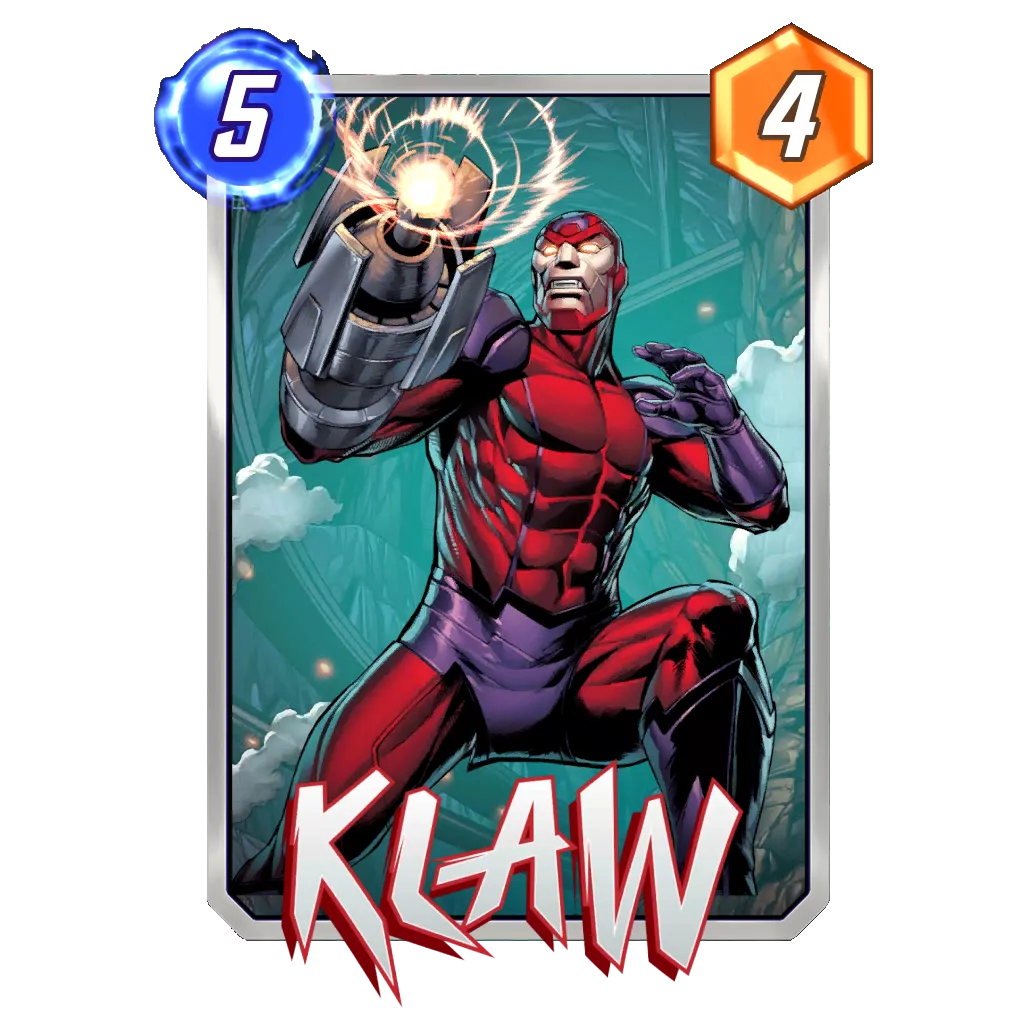Table of Contents
For over 20 years, we have referenced decks in card games through the established categories such as aggressive (aggro), midrange, control, or combo. However, if we are looking at Marvel Snap archetypes, these terminologies don’t mean much, and for the most part aren’t used properly.
Currently, one could argue that Control and Combo decks do exist in Marvel Snap. The former defines decks aimed at being reactive, like the Enchantress and Shang-Chi core that is roaming the ladder. The latter would define decks based around some specific cards, like Wong, Patriot, or other cards that are able to be abused.
In my opinion, this way of calling archetypes is only the product of taking what we already knew and trying to transfer it to Marvel Snap. In reality, as the game is working with different resources, health not being a factor, it should lead to a different way to understand and classify our decks.
In this piece, I would like to open a discussion on this potential classification going forward. Please note, I am not trying to change the way we are already calling the decks, I believe labelling them by their key cards is fine for recognition, but doesn’t help in understanding the basics of said deck. Also, it kind of makes every deck unique and difficult to regroup decks based on their playstyle. Lastly, I considered just using the various synergies for this, but there is the problem that you can build various archetypes inside one synergy.
Like if I was telling you I love Discard, could you really picture the deck I am playing? Is it more of a combo deck with Hela, more of a Dracula based build, or something very energy efficient with Swarm representing the key card in the deck?
The same could be said with the Ongoing synergy. Am I talking about the combo deck Wong? About Patriot and Mystique? Or simply referencing solid Ongoing effects, with Onslaught at the top of the curve? Sure, if I told you the key card and the synergy, you can easily guess the deck if you have been playing the game. But for someone who would be looking for a deck that fits their playstyle, there is no easy way to express what they like in the game except talking about a previous deck they enjoyed.
When said person comes from another card game, it is really hard to find something suiting because we aren’t talking about the same thing. And the problem also arises when someone in Pool 3 talks with someone in Pool 1 or 2. You are referencing your deck based on a card the other person has never seen, how can you expect them to understand what you are saying?
So my goal here is to find a way, just like other games have various archetypes, to classify the decks, in a way that would help recognize their most basic play patterns. This would allow building those decks more easily for someone with limited experience, as they would have a way to know if a card fits the deck’s theme or not. Furthermore, this exercise allows us to curate and work on our upcoming meta stats section at the same time!
Everything in this piece is open to discussion, and I can’t wait to read what you all think about it.
Early Snappers: The new aggressive archetype
In the card game universe, an aggressive archetype is understood as a fast deck, looking to quickly create an imbalance and eat away the opponent’s health while they try to stabilize on board. In Marvel Snap, this isn’t something that can exist, but a deck can be built with a super strong start that uses all energy, with the intent to Snap once the board is unbalanced. As an example, we could imagine a deck like KaZoo, which regularly can Snap on turn 3 or 4, when the visible situation is heavily tilted in its favor.
In this situation, the opponent should feel pressured to retreat, not knowing what is coming next, also, an average or bad hand on their side can let them believe they won’t be able to come back.
Just like other card games, when playing an aggressive deck, the metric we are trying to maximize here is the time we spend in a game. Obviously, we should get a ton of 1 Cube wins, which isn’t that good. But if they happen on turn 3, it also means we should be able to play twice as many games, and potentially get 2 wins while another decks gets only 1, which makes both decks gain 2 cubes in the same amount of time.
For Marvel Snap, these decks seem kind of risky, and could get punished by an opponent with a nice hand and who would counter Snap. But having an aggressive mindset has to come with some sort of risk.
Hand Snappers: The new combo archetype
We could honestly keep the term “combo” for those decks, as the goal is the same compared to other games, assembling a certain synergy that should be game winning. But I think relating an archetype to the most important mechanic in the game (Snapping) makes a lot of sense. By Hand Snapper, I mean a deck that can tell just looking at their hand if they should snap or not.
I can easily imagine Mister Negative decks to be in that category, as Mister Negative and Psylocke in the opening honestly feels like an easy Snap.
The trick with those decks is to Snap early enough, so the opponent can’t anticipate what is coming and retreat because of it. Indeed, if we Snap when the combo is underway, we are likely to just get 1 Cube for our trouble, hence the name “Hand Snapper”, which immediately tells the person how to approach the deck.
Control: Because it exists already
When someone refers to a control build in Marvel Snap, most deck lists I see are usually made of the same core: Killmonger – Enchantress – Shang-Chi, meaning we actually took an archetype name and made it into a deck. This excludes every other deck from the “control” archetype, and once again, we have to find a funny name for what we are referring to. A simple example currently is all the players coming from other card games and looking for a “control” deck, their immediately get told to play something like this:
But this isn’t only is one way of playing control. Granted, it is the popular one, but it leaves out so many cards like Sandman, Iceman, Scorpion, Doctor Octopus and other disruptive cards that could fit the “control” requirement from a person’s point of view.
It only makes sense to keep the terminology now, considering most people have started using it, but this means we should find names for the other ways that exist of playing disruptive decks. As a result, control would define decks that aim at answering what the opponent has done, removing points from them. We do need to have a terminology for other decks that would limit the opponent through other means.
Lockation Decks: A Marvel Snap special
Control decks got their name because they aim at controlling the opponent’s resources, typically adopting a reactive gameplay and denying opposing development. But the thing is, in most card games, even if you are especially good at one resource, you tend to build your deck with the capacity to answer the board and heal back if necessary because these two mechanics are basic to denying most gameplans, and should work against a large variety of opponents.
Once again, because there is no health in Marvel Snap, the resource we focus on to disrupt our opponent are the available spots on the board. Through cards like Storm, Debrii, Green Goblin or Spider-Man, we limit where the opponent can play and force them to develop points with fewer possibilities as to where they can play cards.
With the “Lockation” label, one would immediately know we are talking about a deck that aims at limiting the opponent’s use of the various locations. Without naming a card, we can easily picture a gameplan and cards that would fit into it, and if we compare an example of a list to the control deck previously, it is obvious both decks are quite different:
Priority Decks: Another Marvel Snap special
Most card games have players taking turns to play their cards. It can be the traditional system of each player playing a full turn before the other one can, like Hearthstone does, or include the possibility of playing certain cards during your opponent’s turn like Magic: The Gathering. Legends of Runeterra has an innovative action by action based system inside each turn.
Marvel Snap decided to do things a bit differently, and have both players play their cards at the same time, and uses a priority system to know who will reveal their cards first. As one of the most frequently asked questions, the player ahead in the game at the start of the turn will reveal their cards first. This game mechanic can be so important at times that it created decks labelled “Priority Decks”, which have their basic gameplan rely on seizing priority early on in the game with high power cards.
Once they are in control, they will use effects that are much stronger if revealing first in the second part of the game. In a way, those could be considered the “Tempo” archetypes of other card games.
Ramp Decks
Marvel Snap does share a common resource with most other games: Mana, or Energy in this one. So just like other games, we have decks looking to abuse the resource and play their top end cards before their opponent has the chance to. Currently, Ramp decks are labelled “Electro” decks, which probably is the most fitting one card name we have in Marvel Snap, as Electro makes it really obvious as to what our plan is.
However, as a way to pay respect to Psylocke, Wave and future cards allowing some form of energy acceleration, Ramp just seems like the way to go for the archetype.
Closing Words
Marvel Snap is growing rapidly, and even though we aren’t at a point where it can be considered a major game on the market, it could come soon enough. As a result, I think these kinds of discussions are a way of helping Marvel Snap find its own identity amongst the current giants that are Magic, Hearthstone or Yu-Gi-Oh! rather than being compared to them all the time. It also is a way of acknowledging the unique gameplay that Second Dinner managed to create and put some names onto it, as a token of recognition that something is going on with Marvel Snap.
Nevertheless, I don’t consider this guide a finished product, rather the start of a discussion to make Marvel Snap easier to communicate around in the community. As such, I’d welcome any feedback or idea to create the easiest nomenclature around archetypes, ideally in the idea of building it so even a Marvel Snap beginner could understand it.
In the future, I could imagine “Hand Disruption”, “Deck Disruption” or even “Energy Disruption” decks to exist, as there already are cards that can serve as a foundation to those. Like Korg, Rockslide, Moon Knight or Black Bolt to name a few.
To discuss or just share your opinion on whether this is something worth working on, you can tag me on Marvel Snap Zone’s Discord, message me directly on Twitter, leave a comment below, or talk through emotes whenever we play against each other on ladder. Bonus points for this last one!
Good Game Everyone.

⭐ Premium
Enjoy our content? You can Support Marvel Snap Zone and your favorite content creators by subscribing to our Premium community! Get the most of your Marvel Snap experience with the following perks for paid membership:
- No ads: Browse the entire website ad-free, both display and video.
- Exclusive Content: Get instant access to all our Premium articles!
- Meta Reports: Exclusive daily meta reports, such as the Ultimate Card Metrics Report, Top 10 Decks of the Day, Top 30 Cards, and Top Card Pairs tailored for you!
- Team Coaching: Join our free weekly team coaching call sessions on the Discord server. Claim your Premium role and gain access to exclusive channels where you can learn and discuss in real time!
- Premium Dashboard: Get full instant access to the member-only dashboard, the all-in-one page for all your benefits.
- Support: All your contributions get directly reinvested into the website to increase your viewing experience! You get also get a Premium badge and border on your profile.
- Special offer: For a limited time, use coupon code SBYREX4RL1 to get 50% off the Annual plan!
